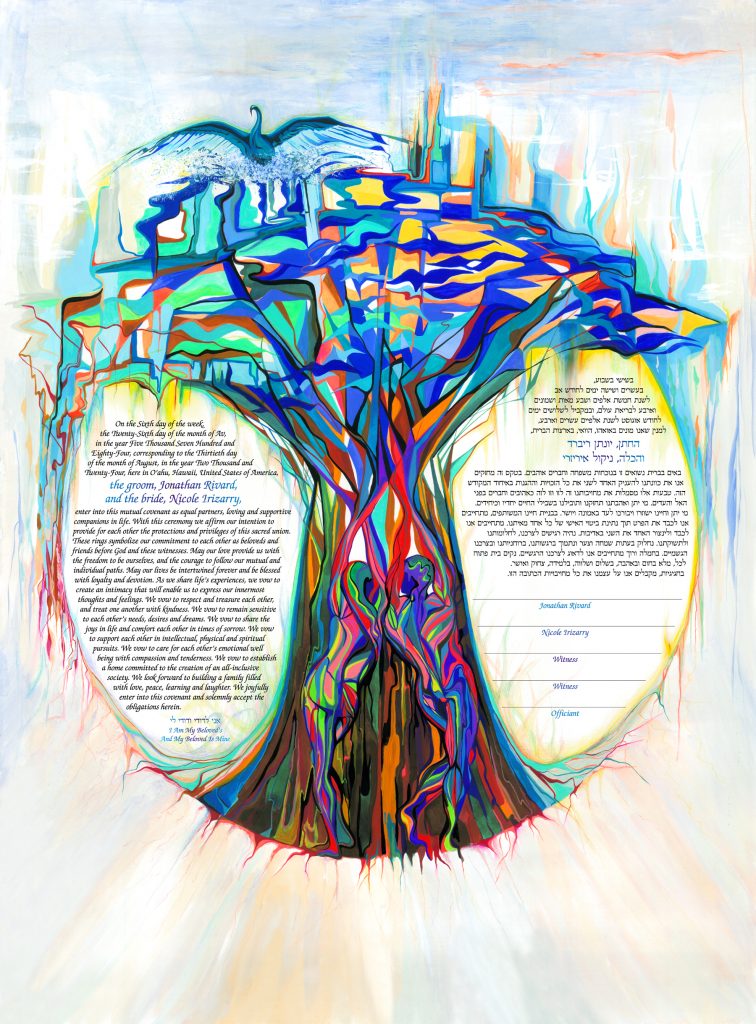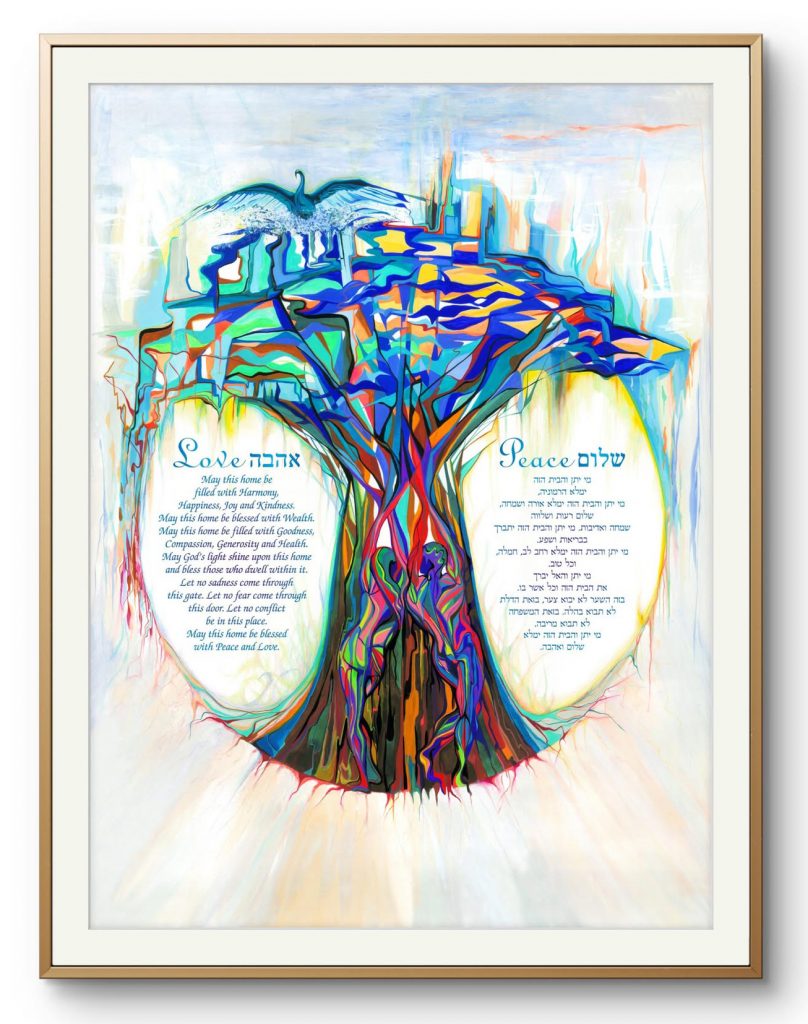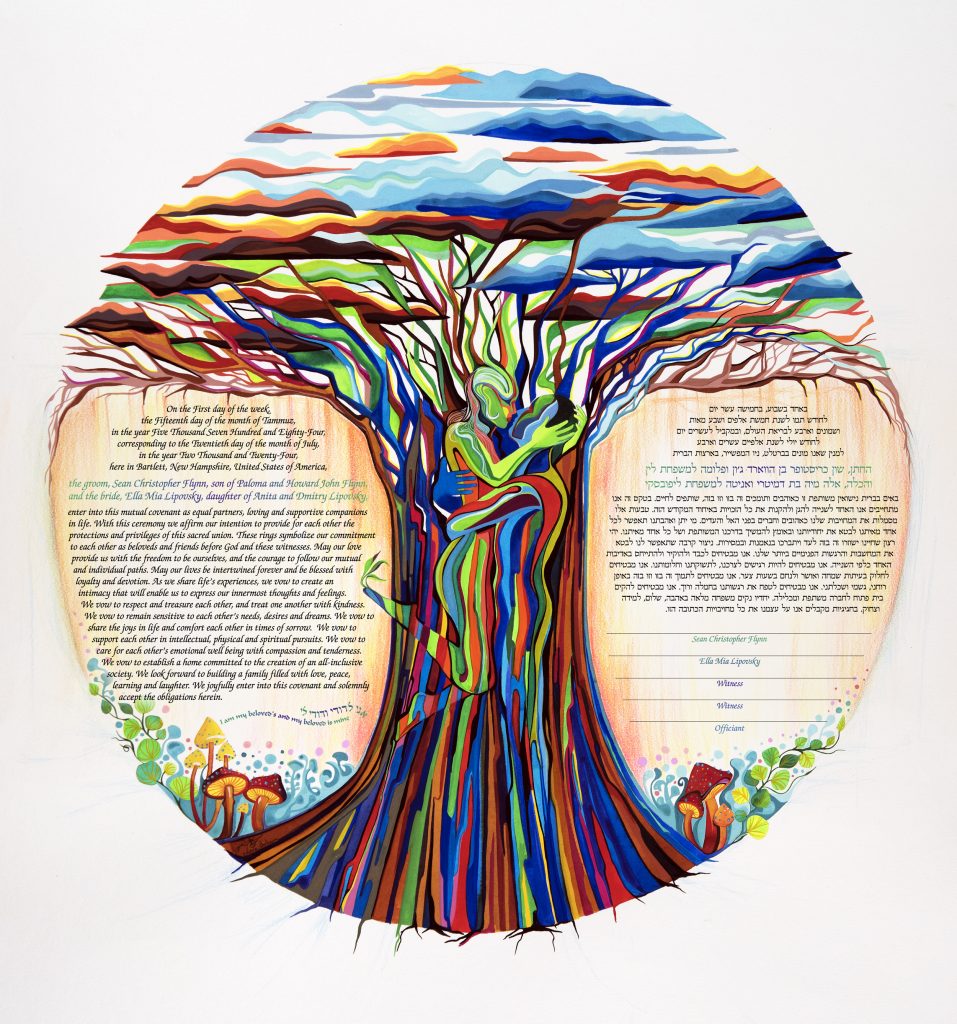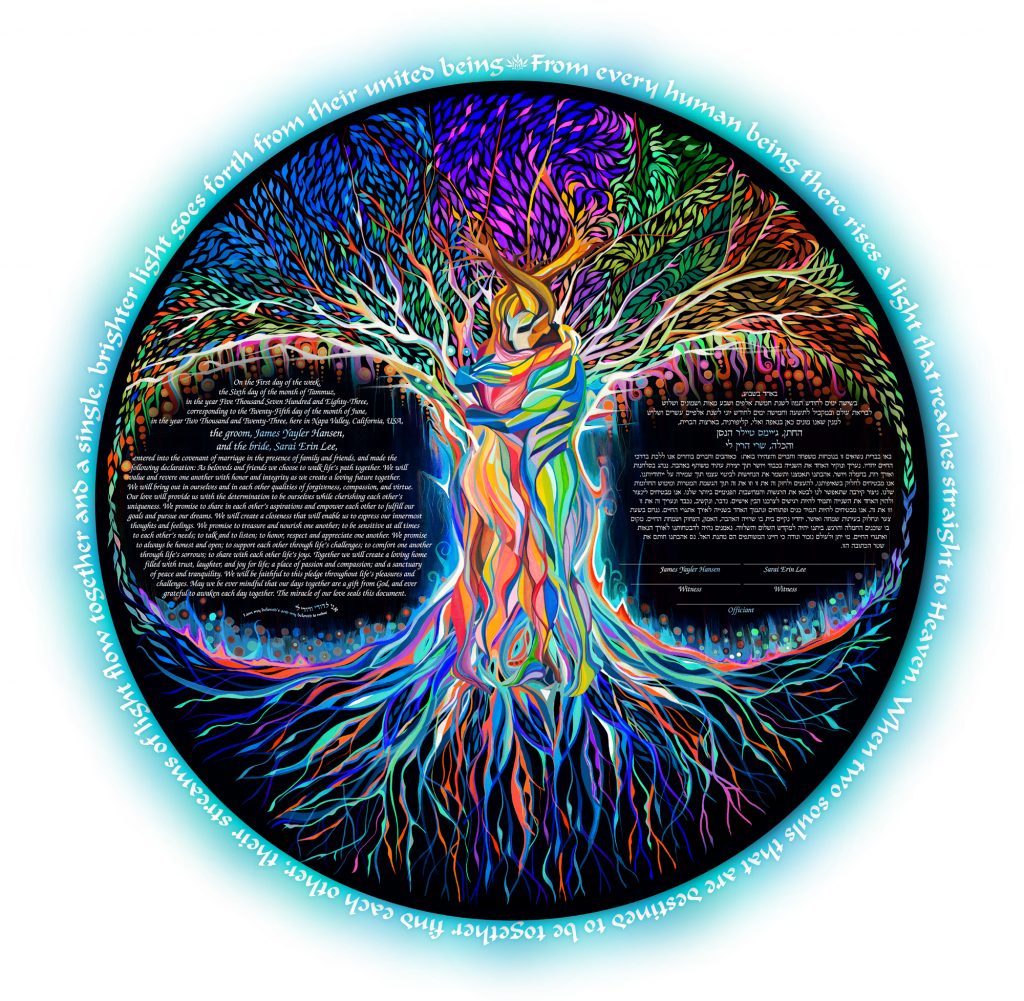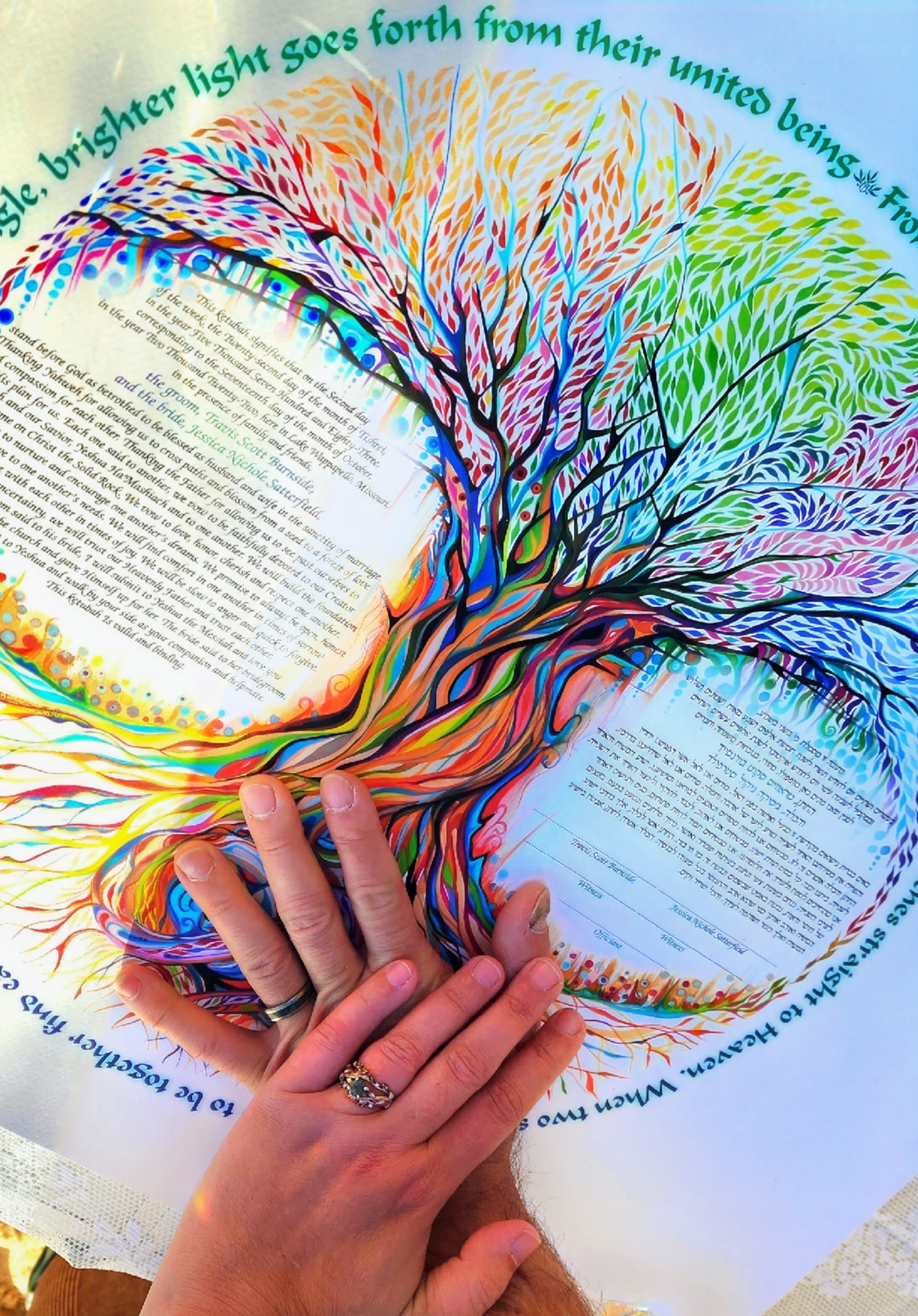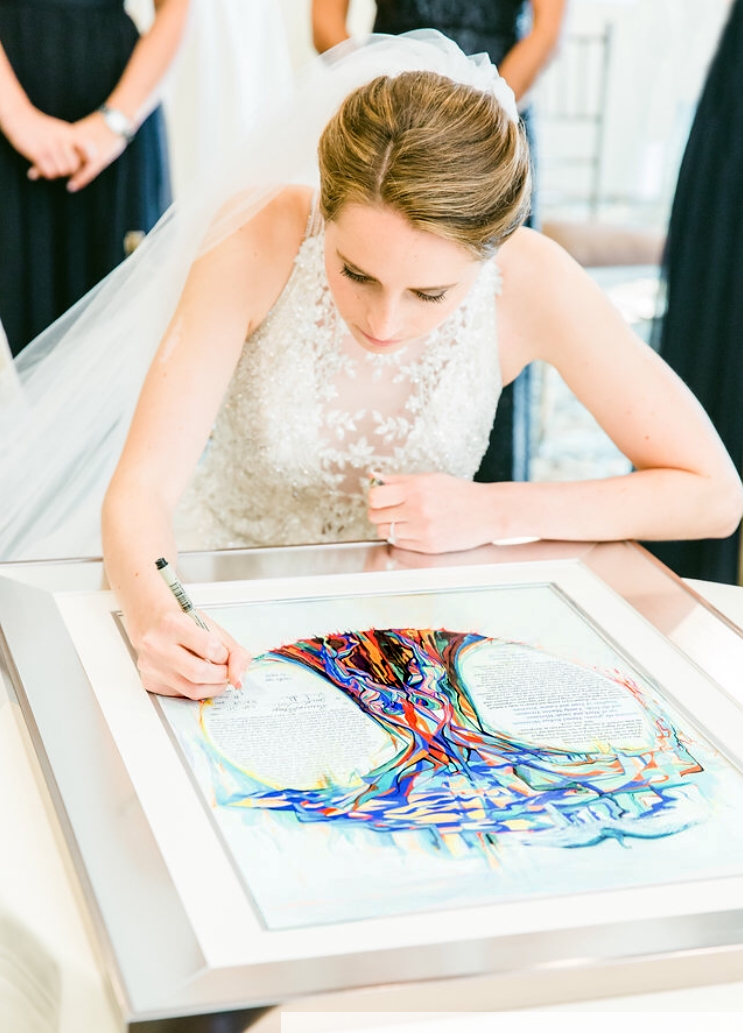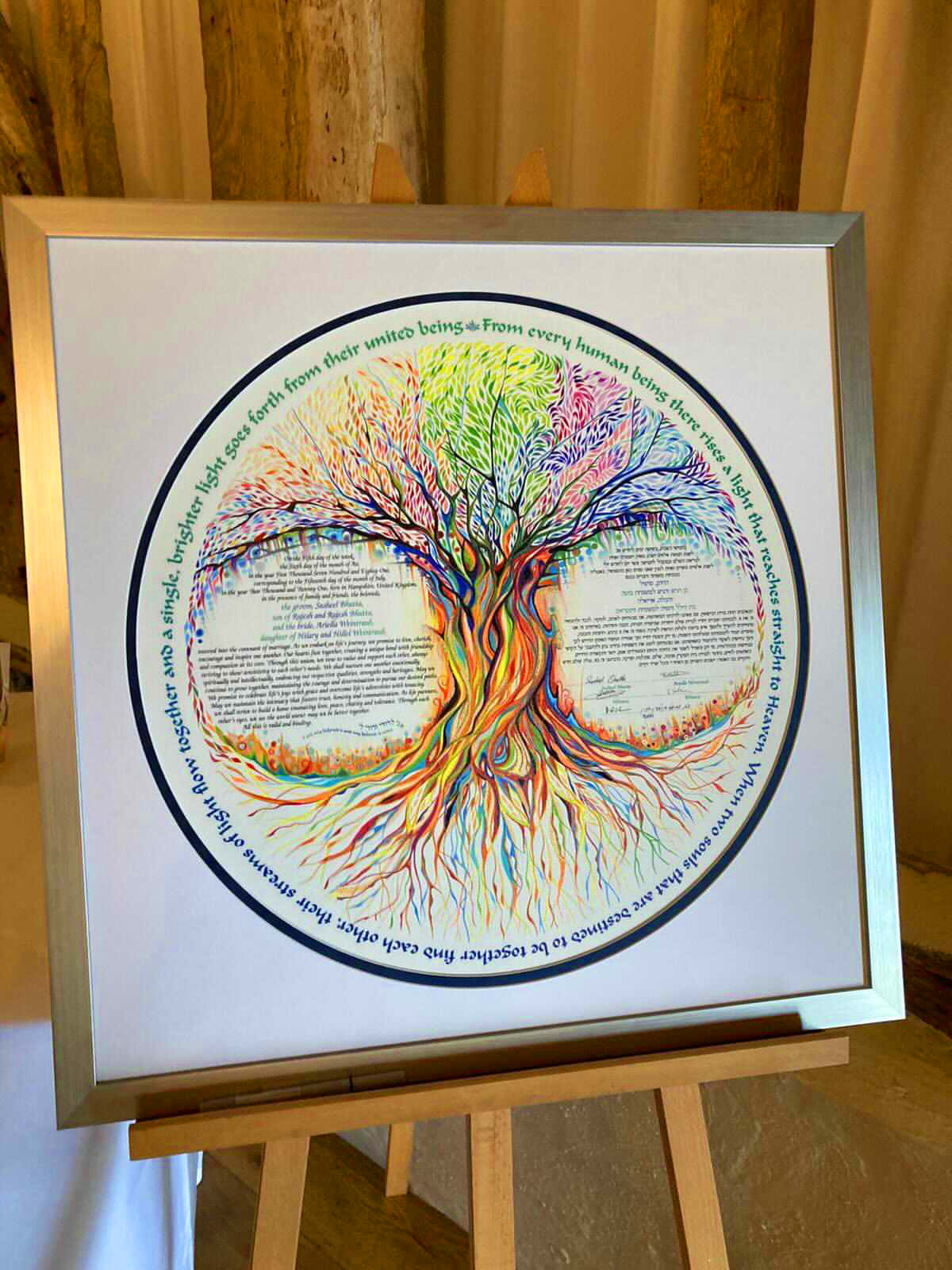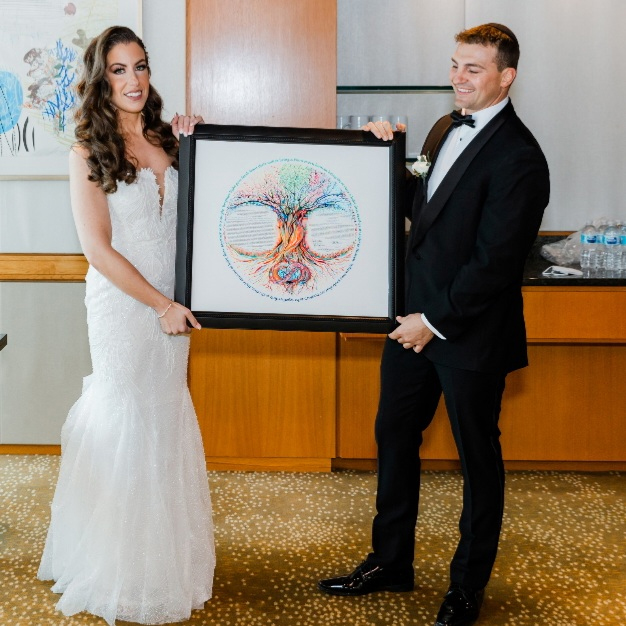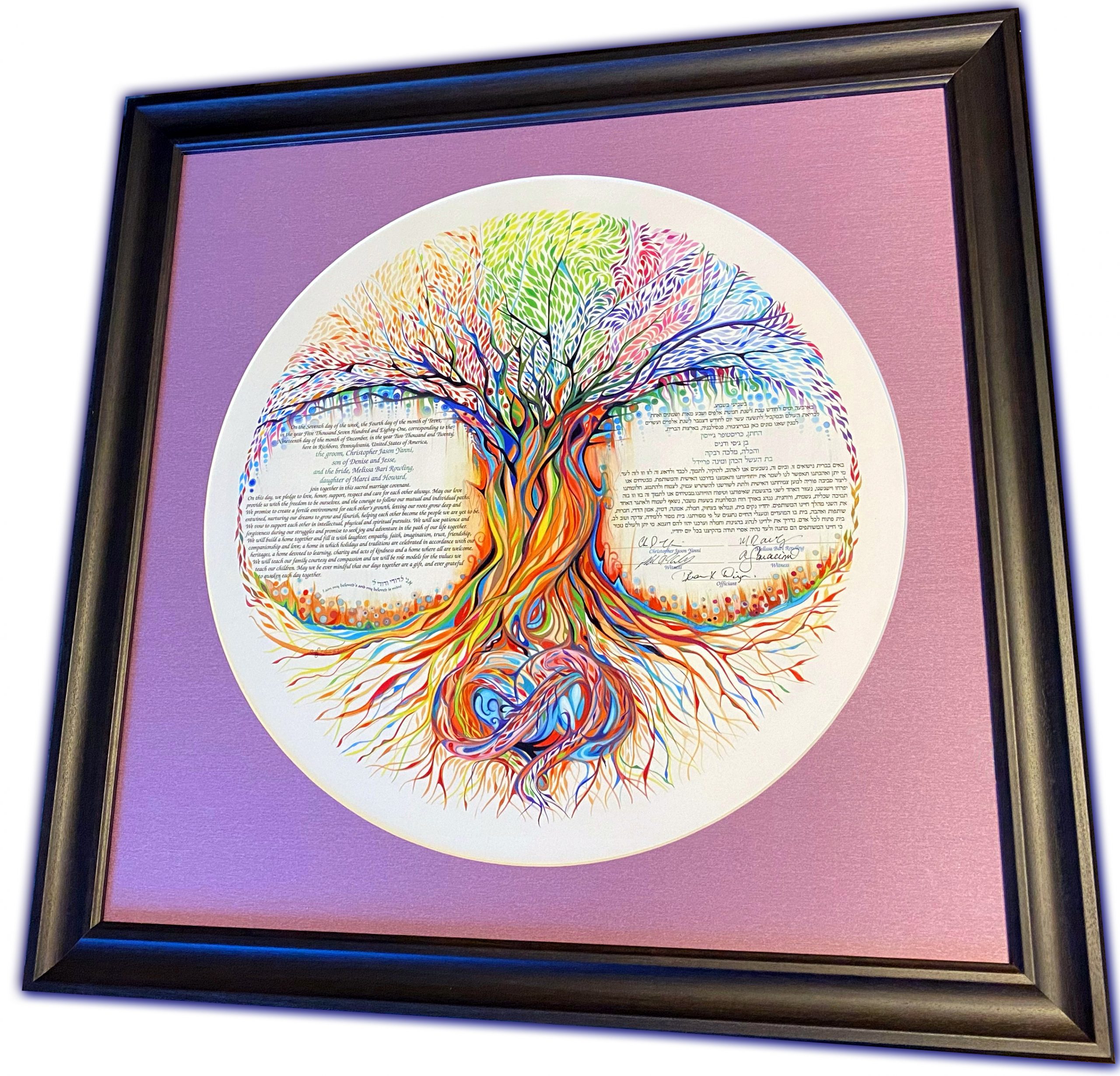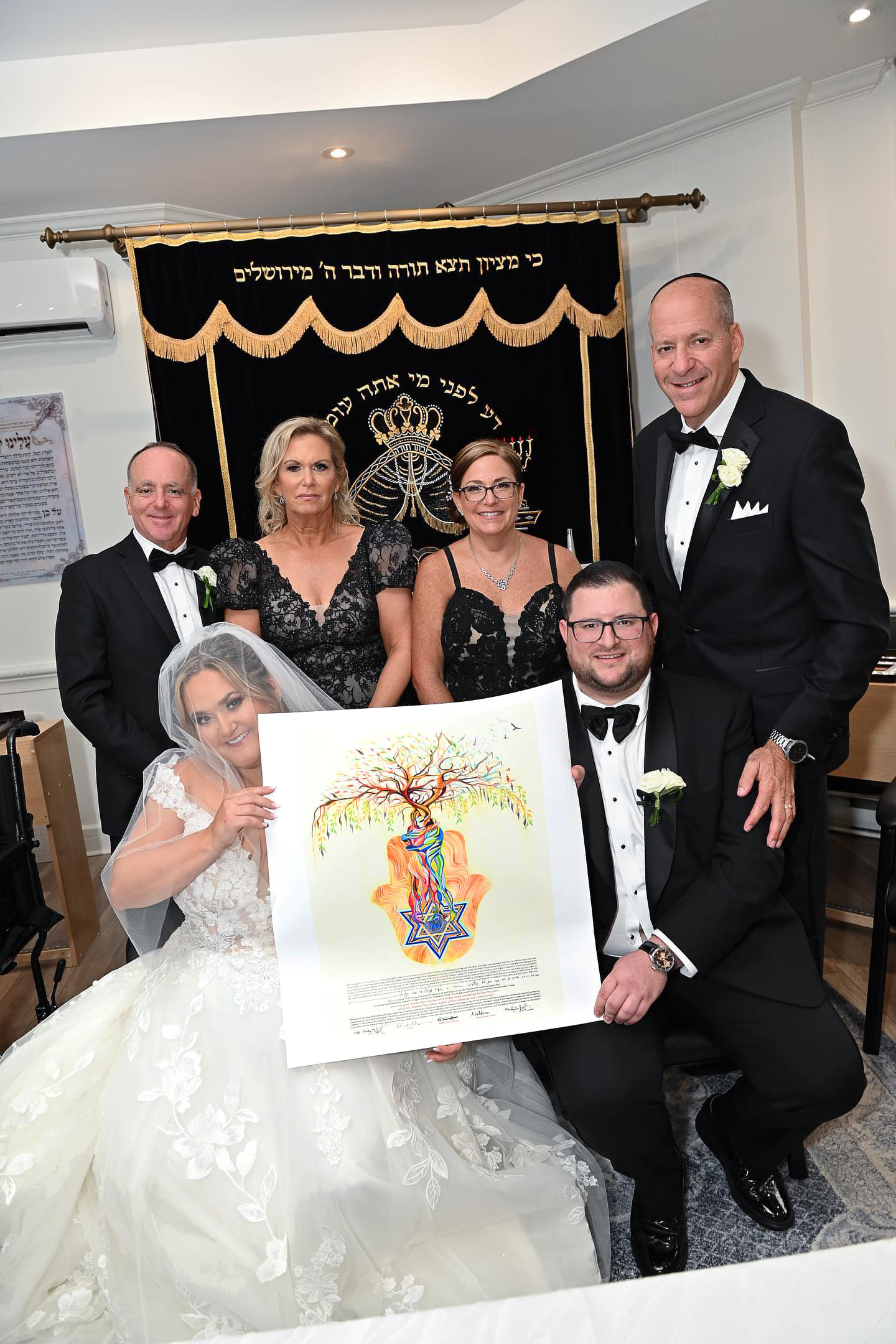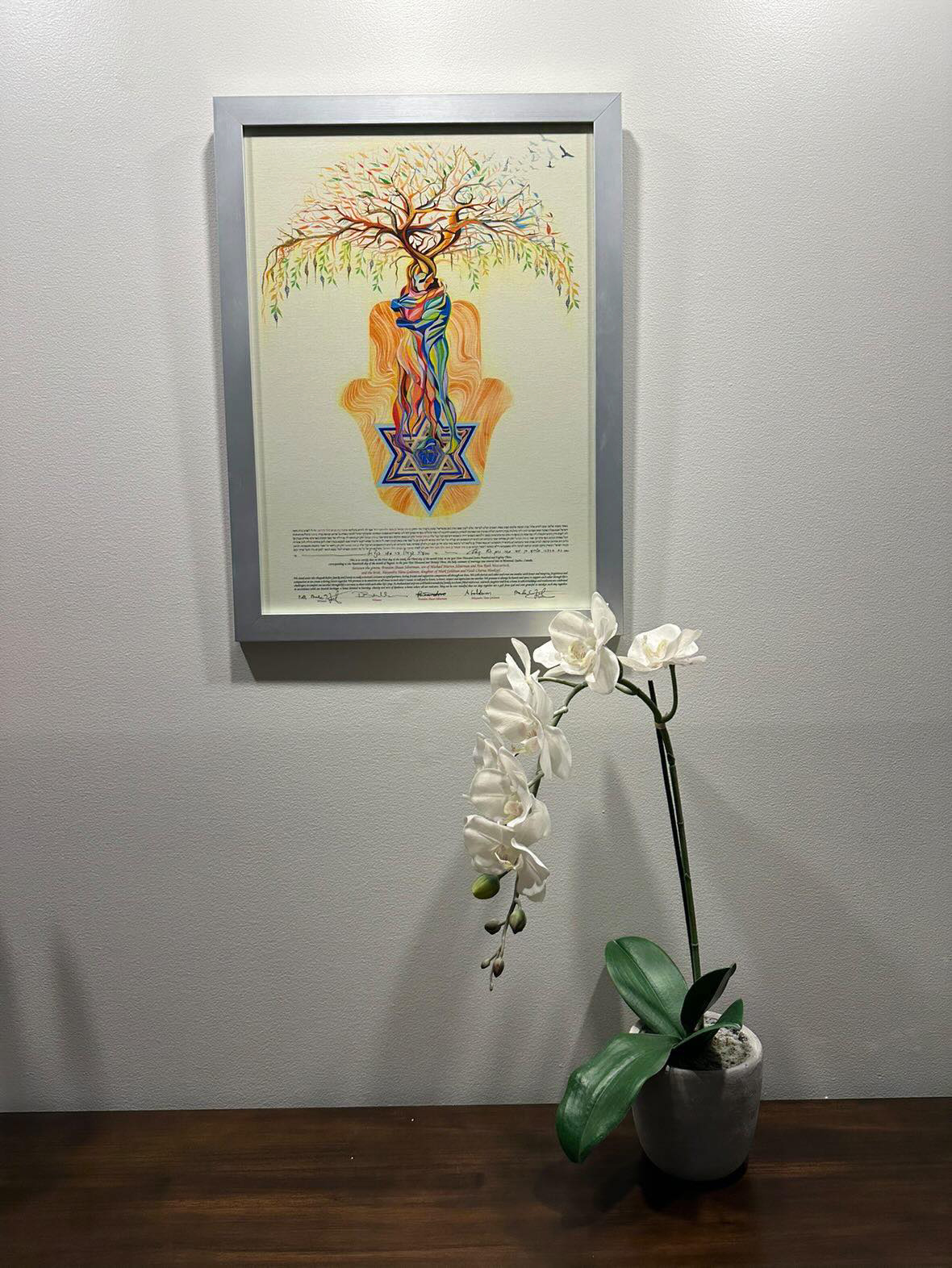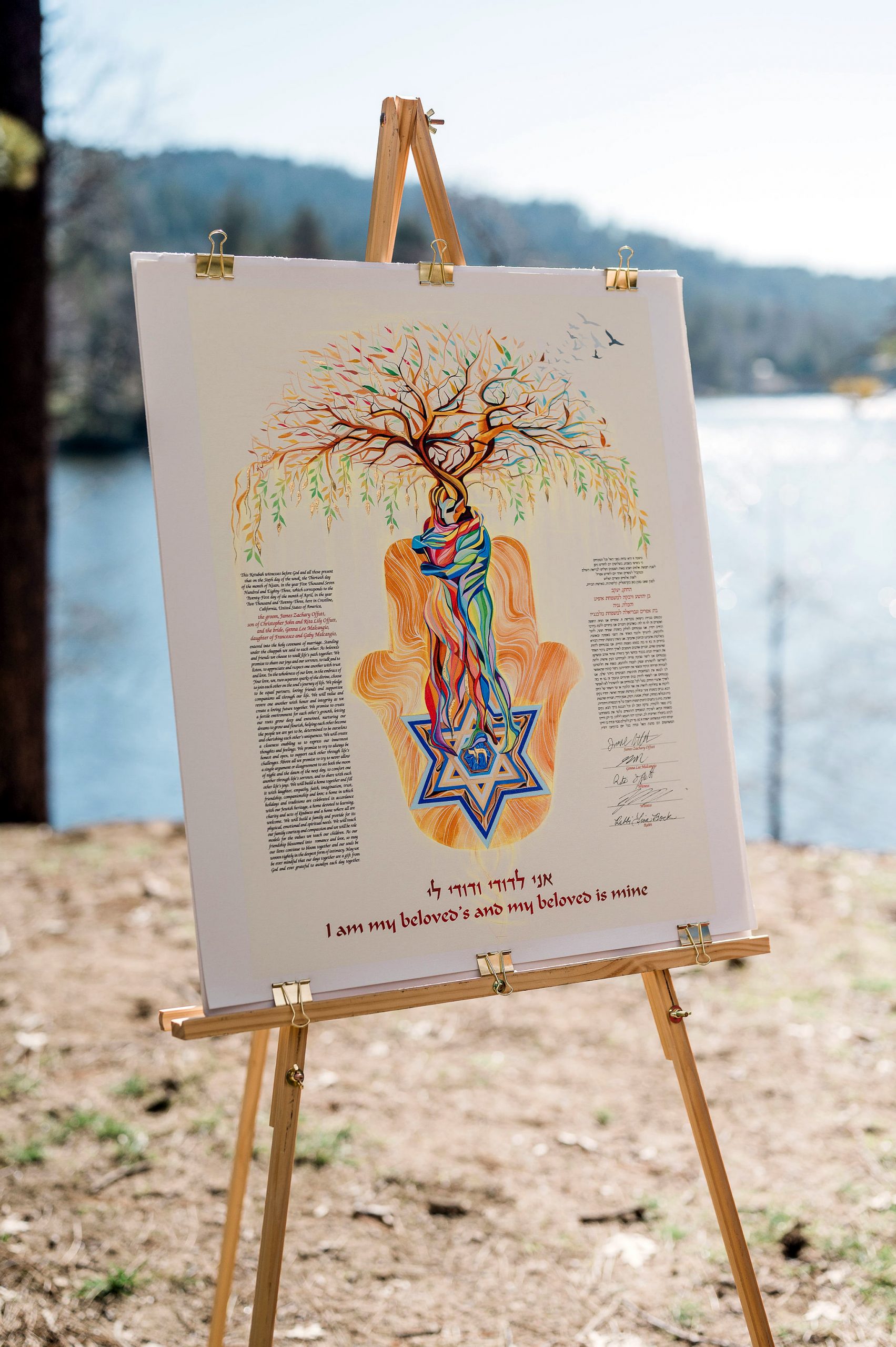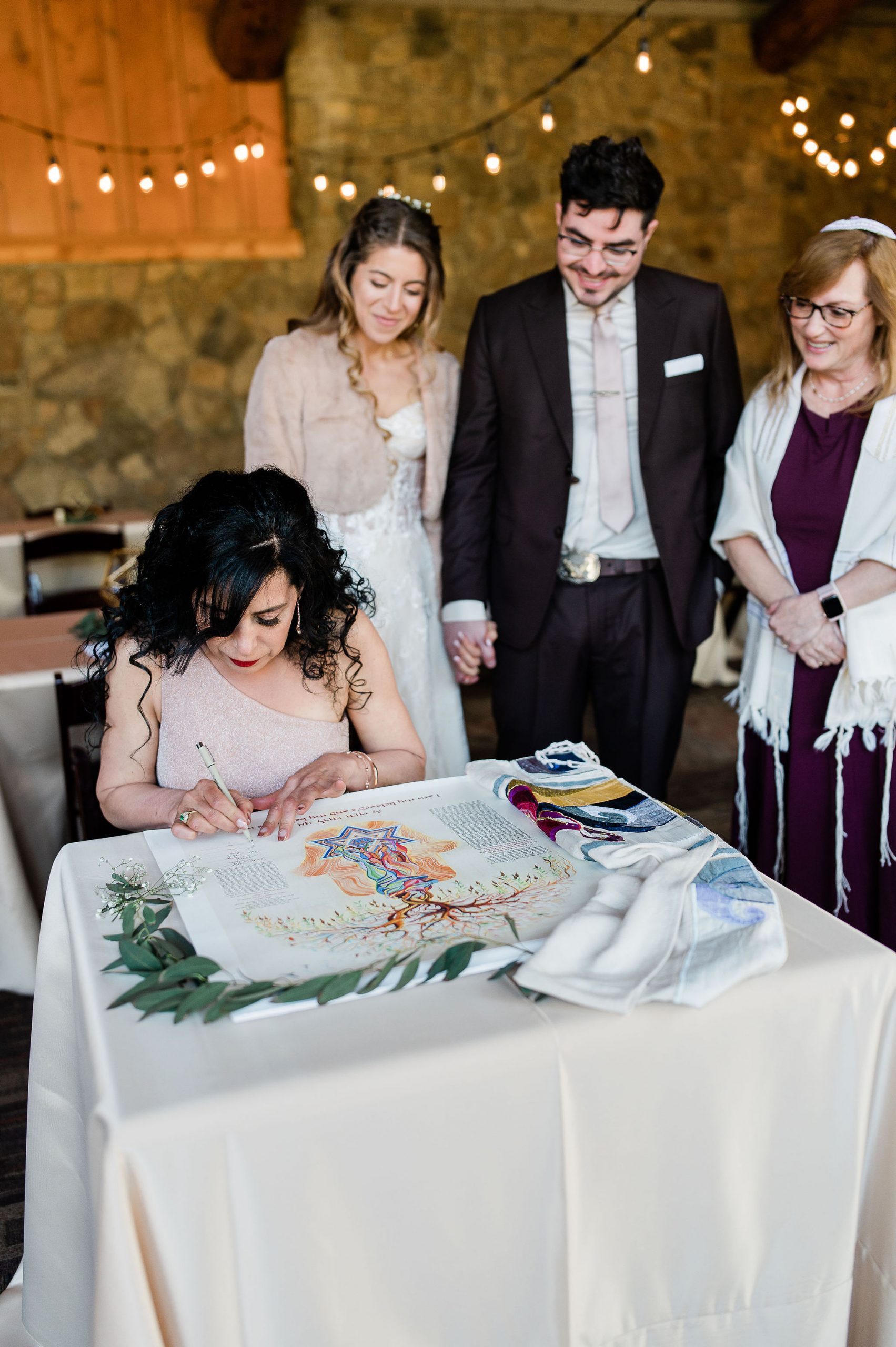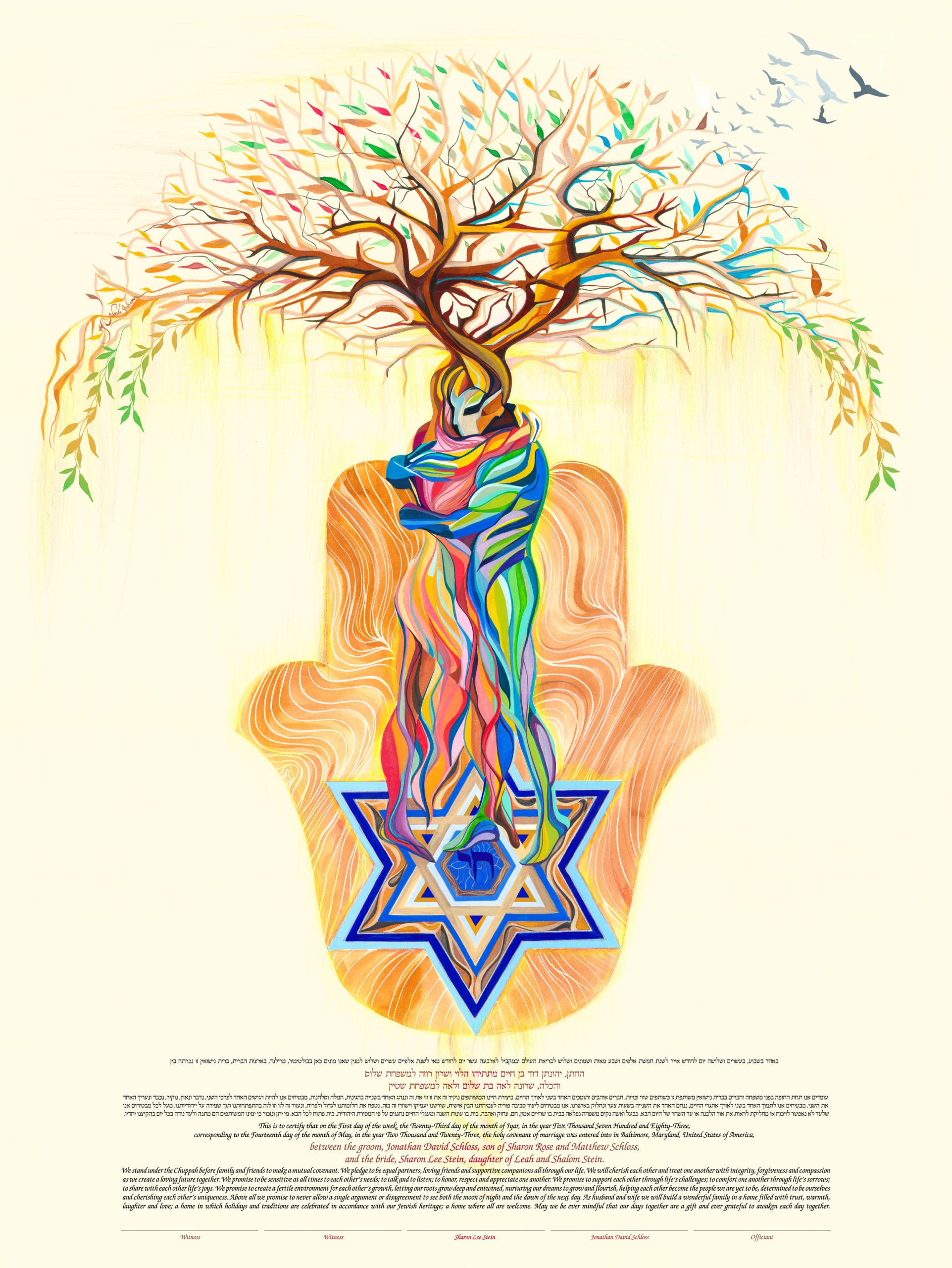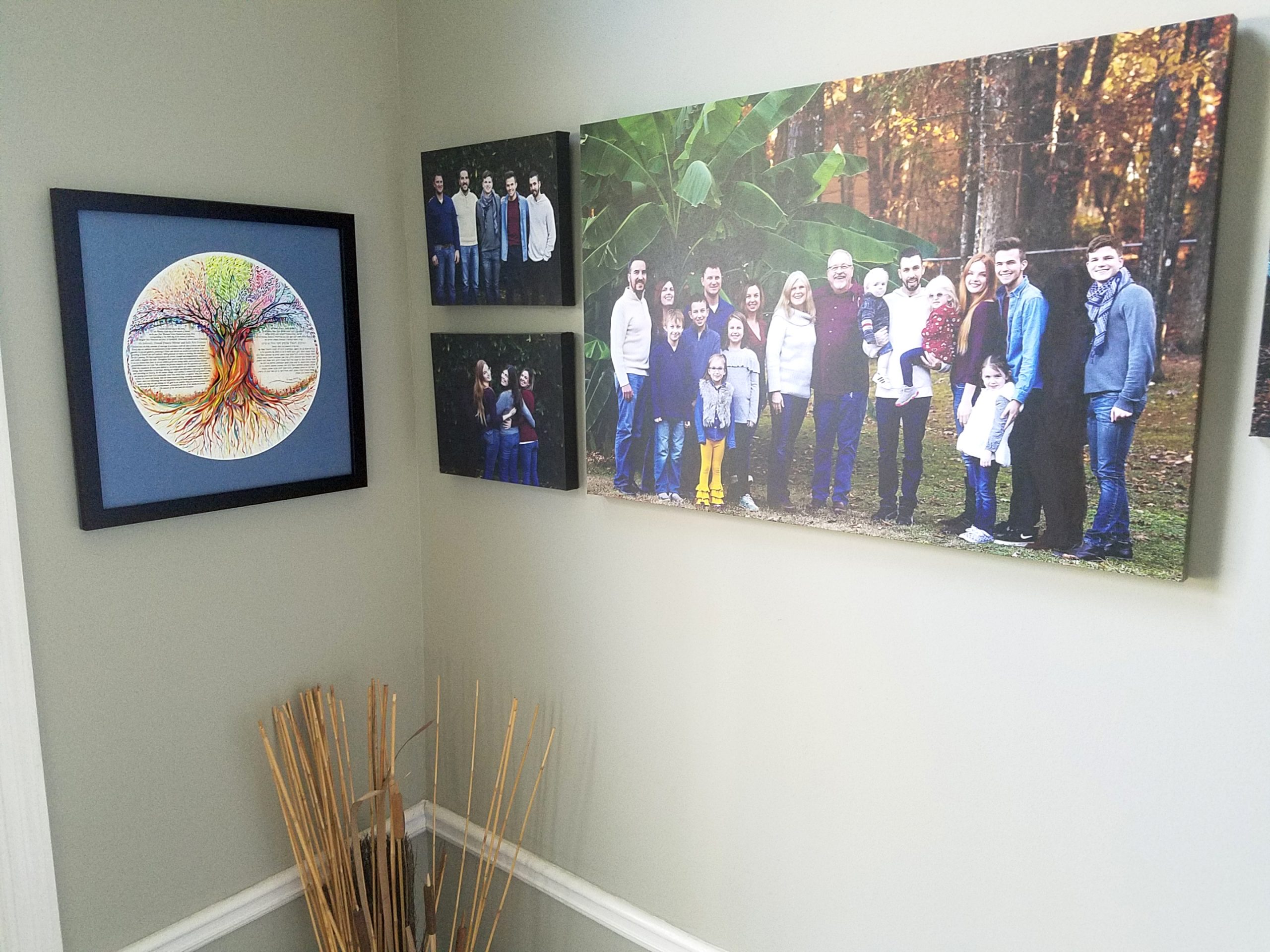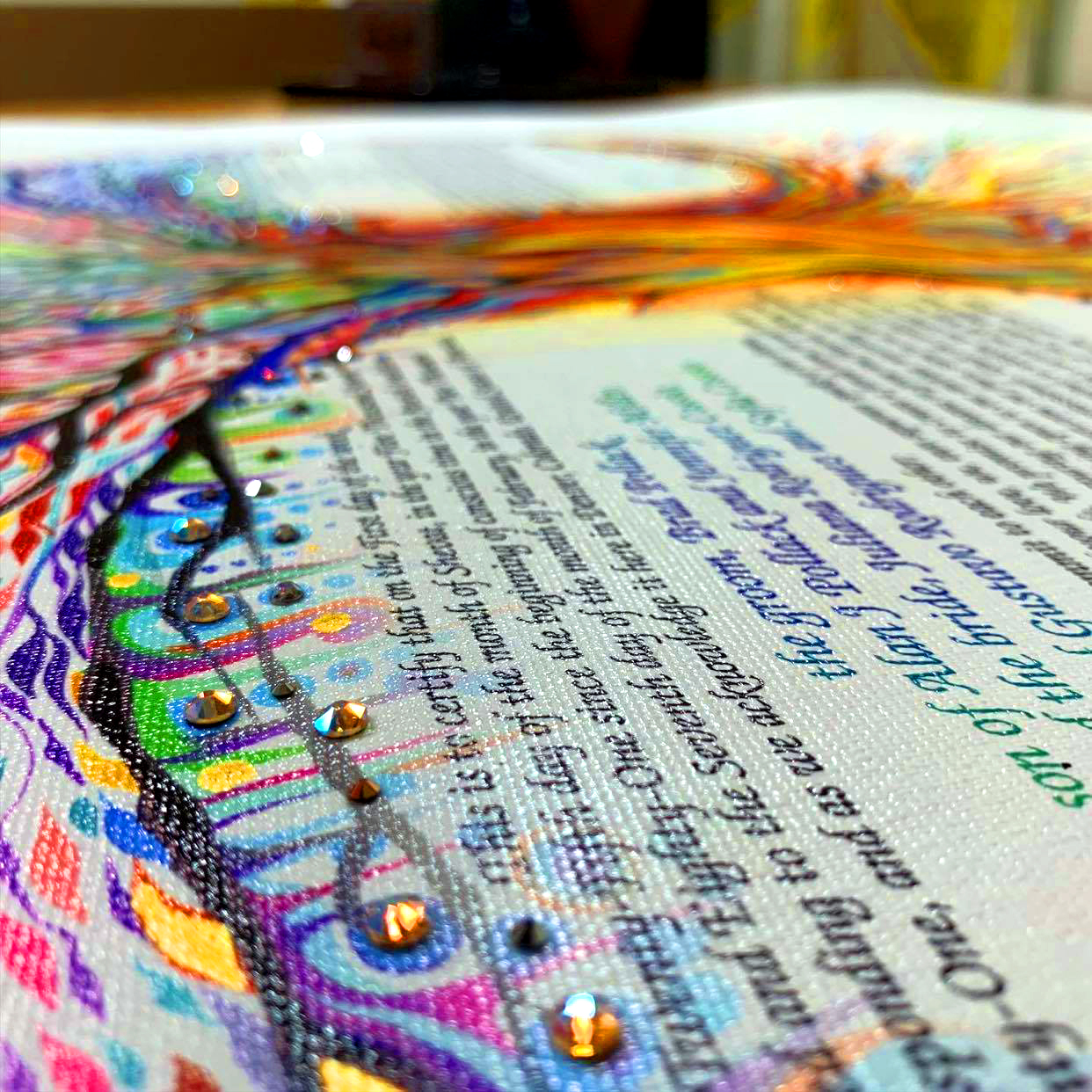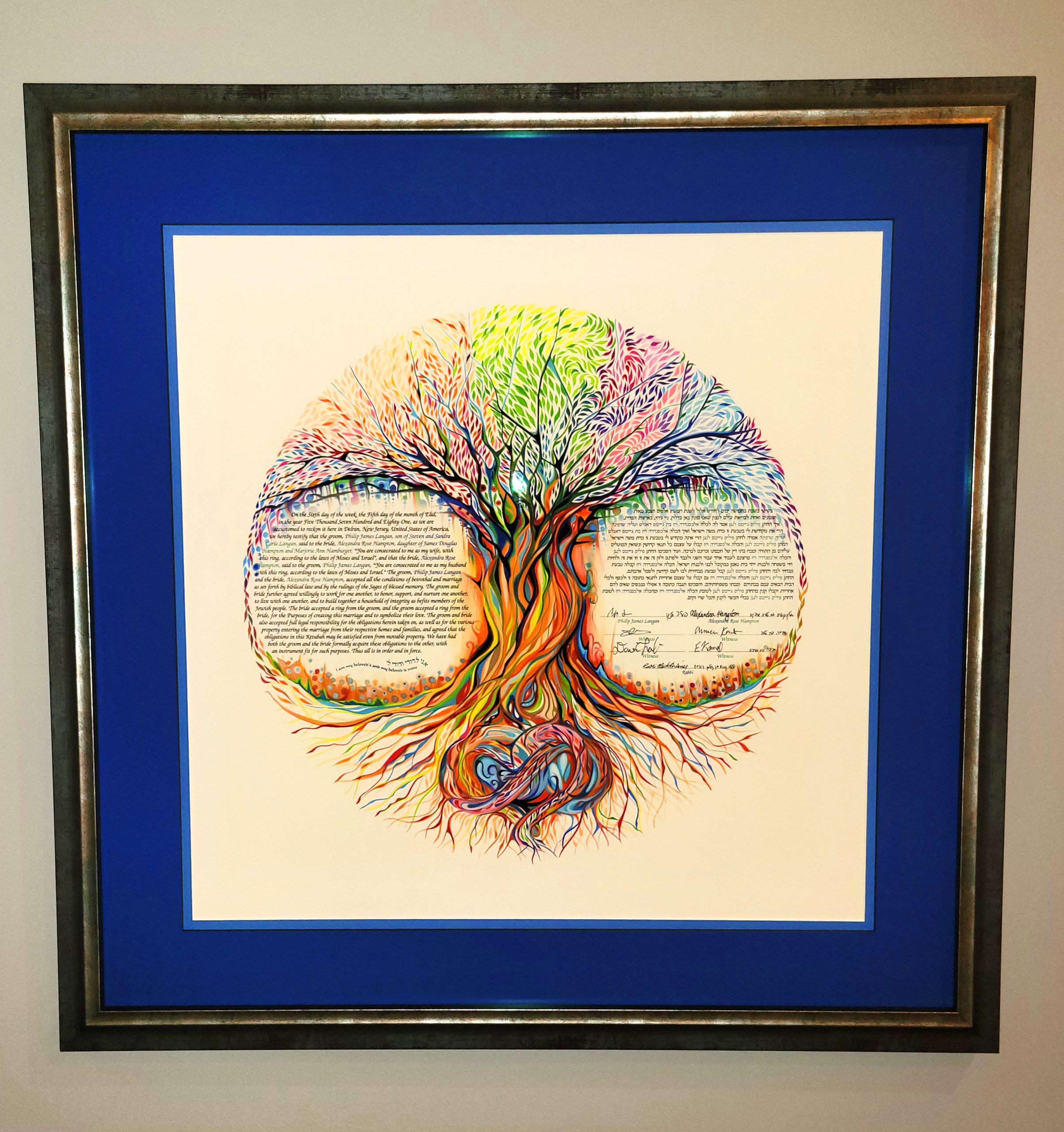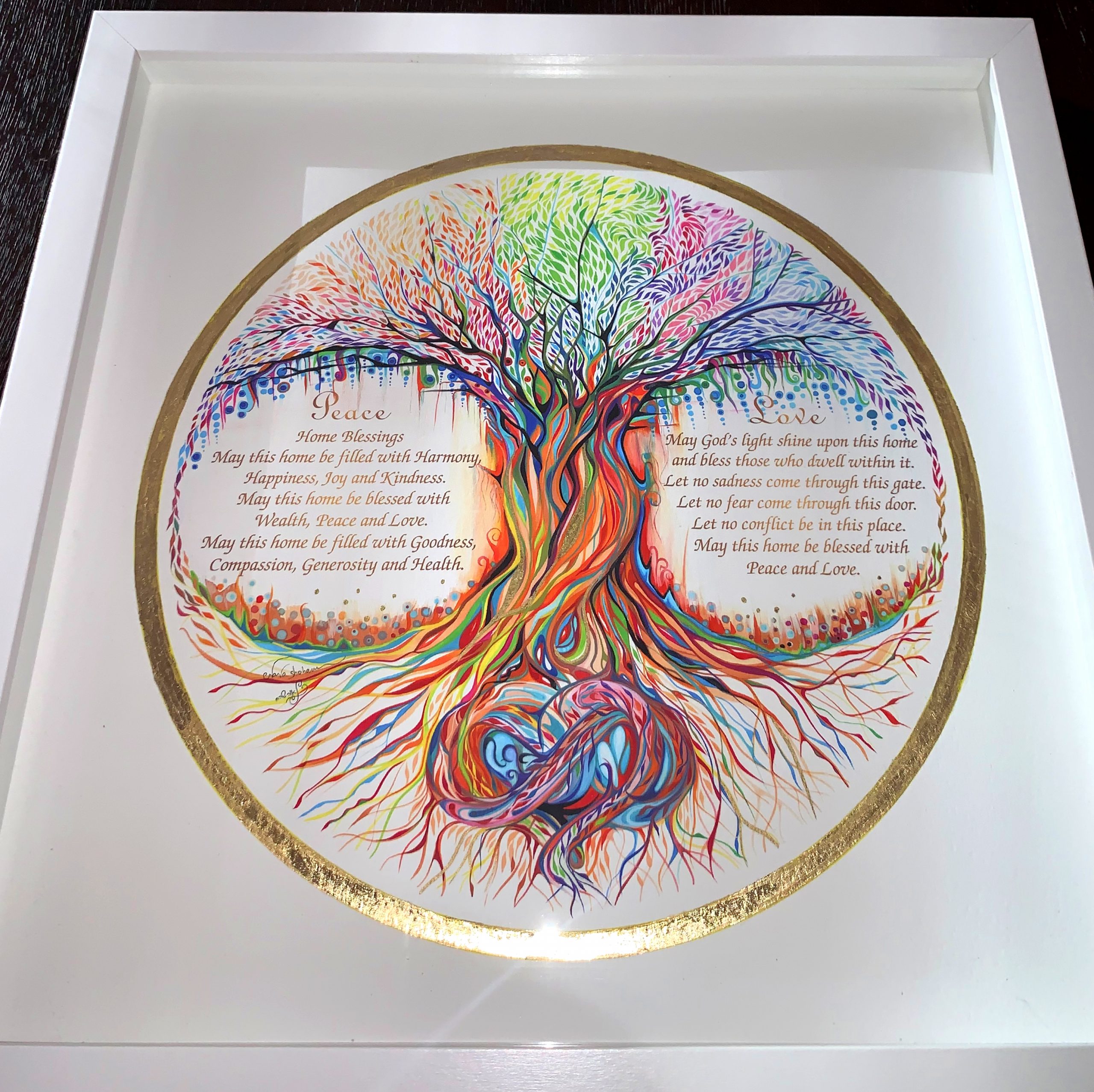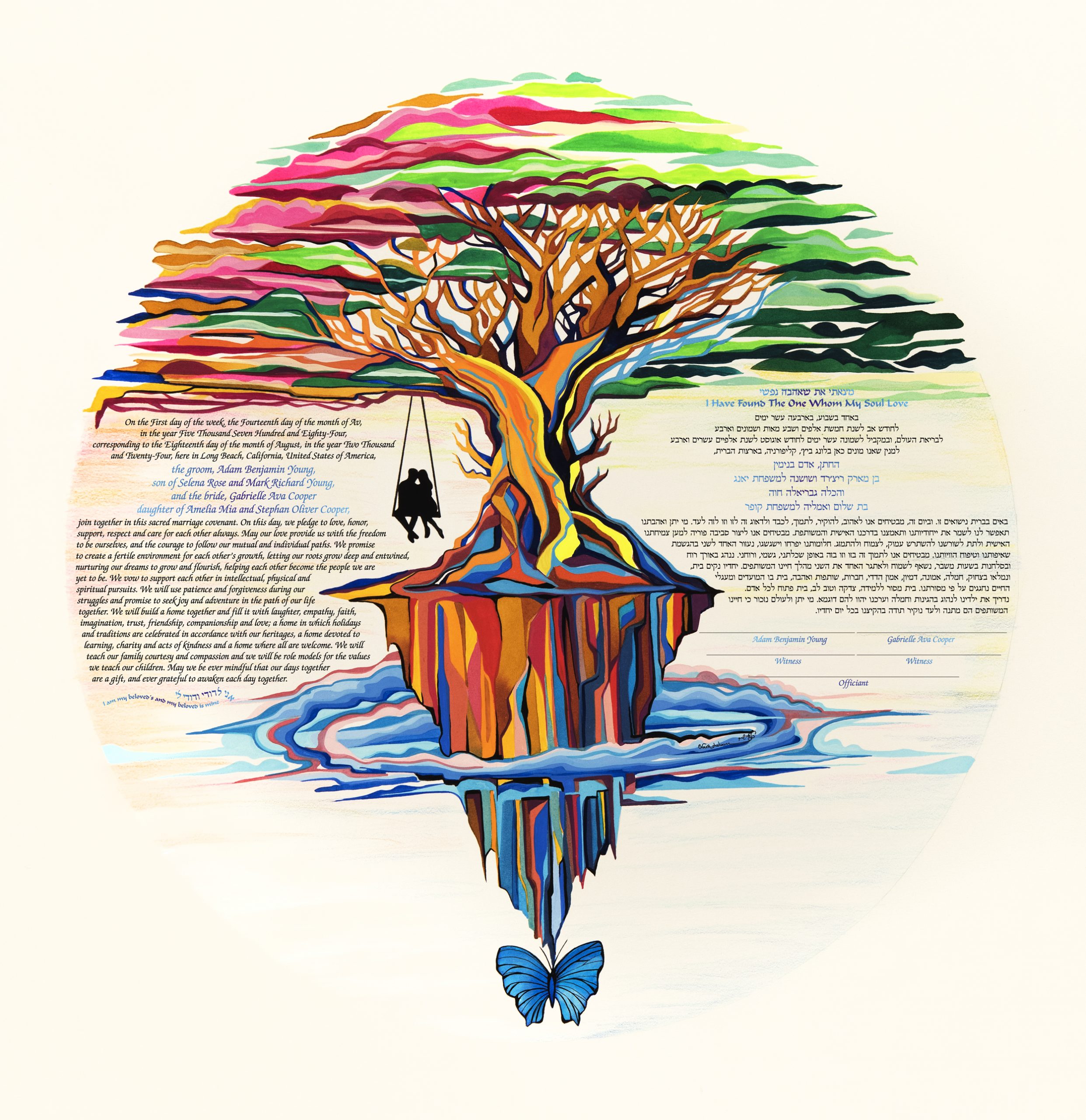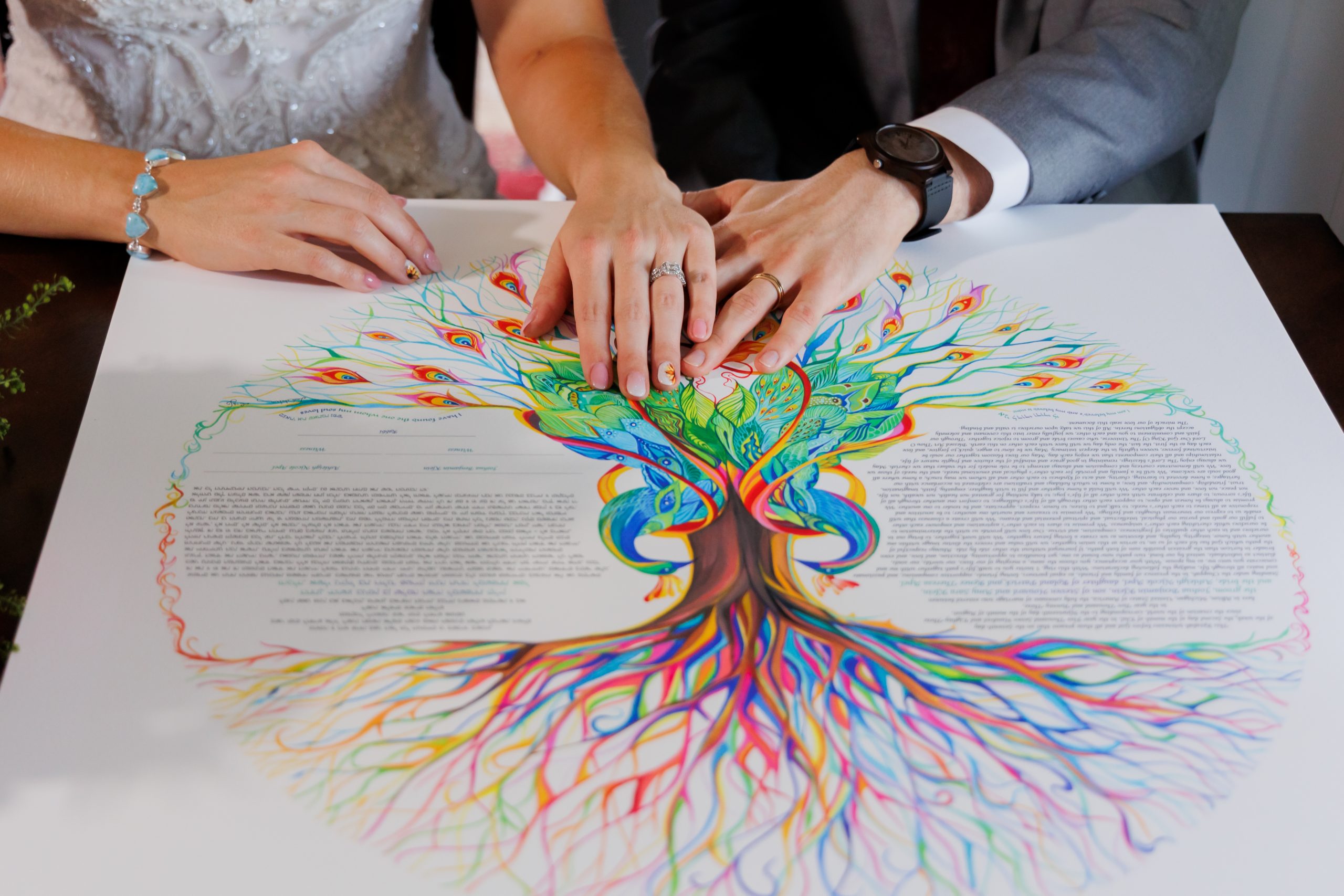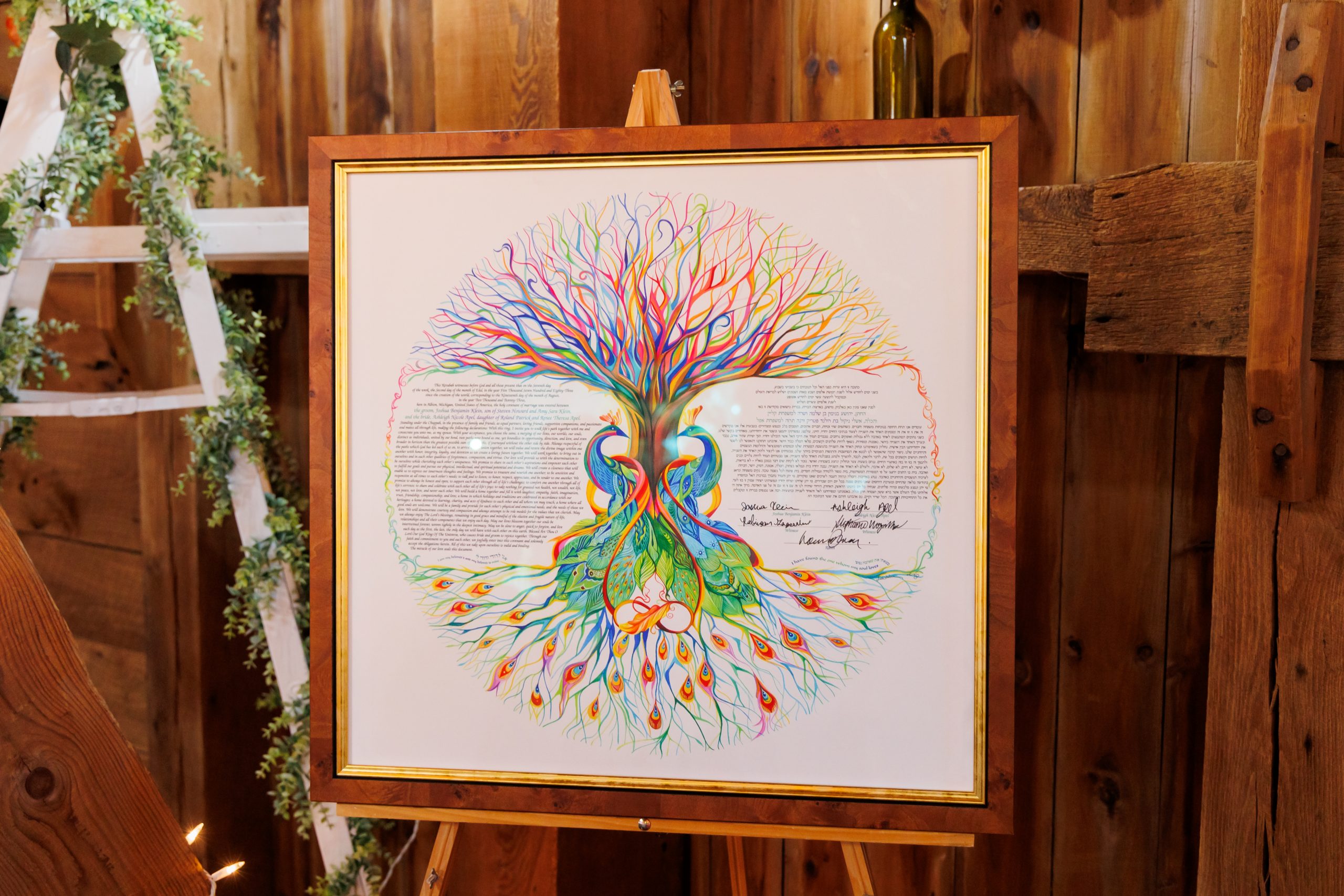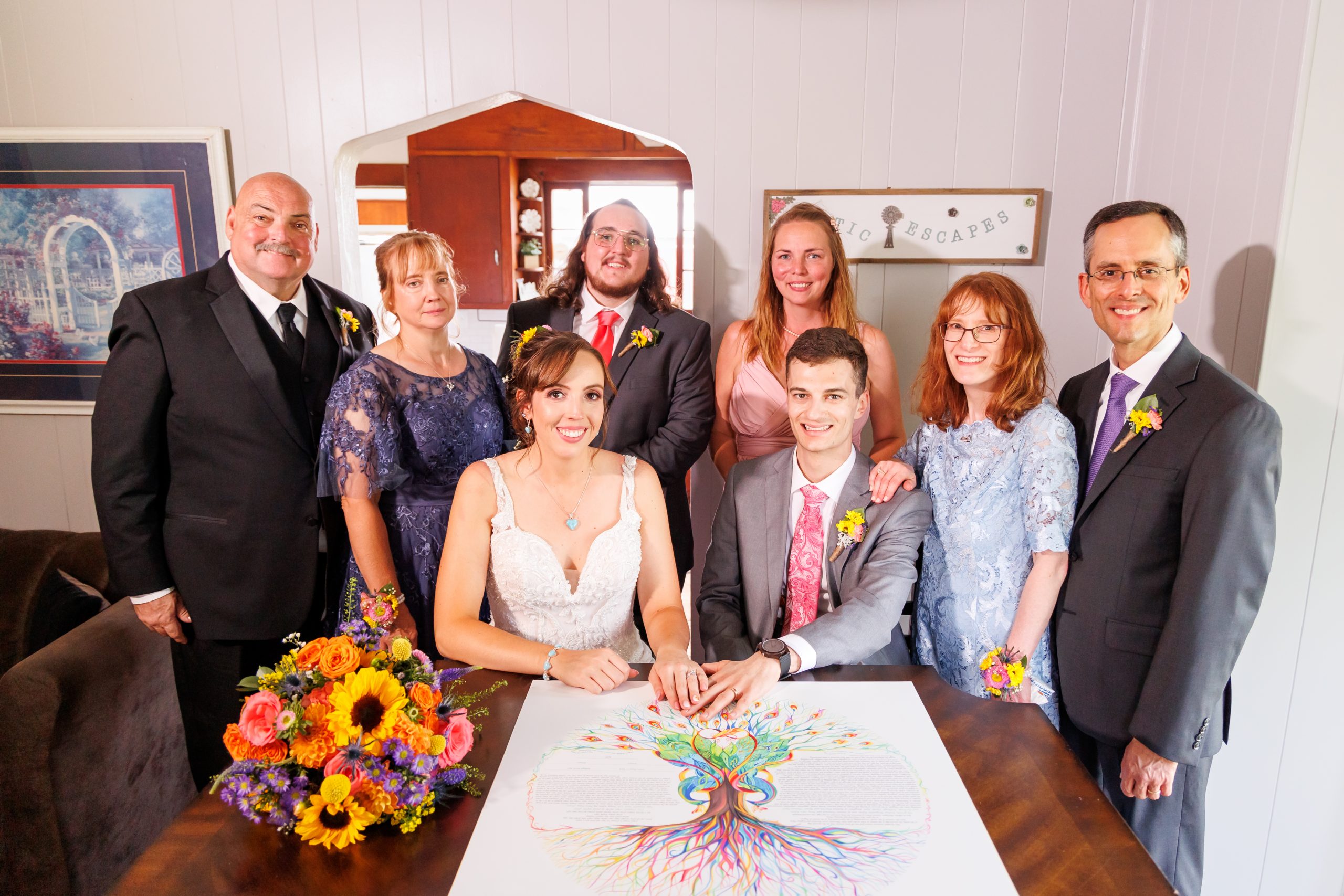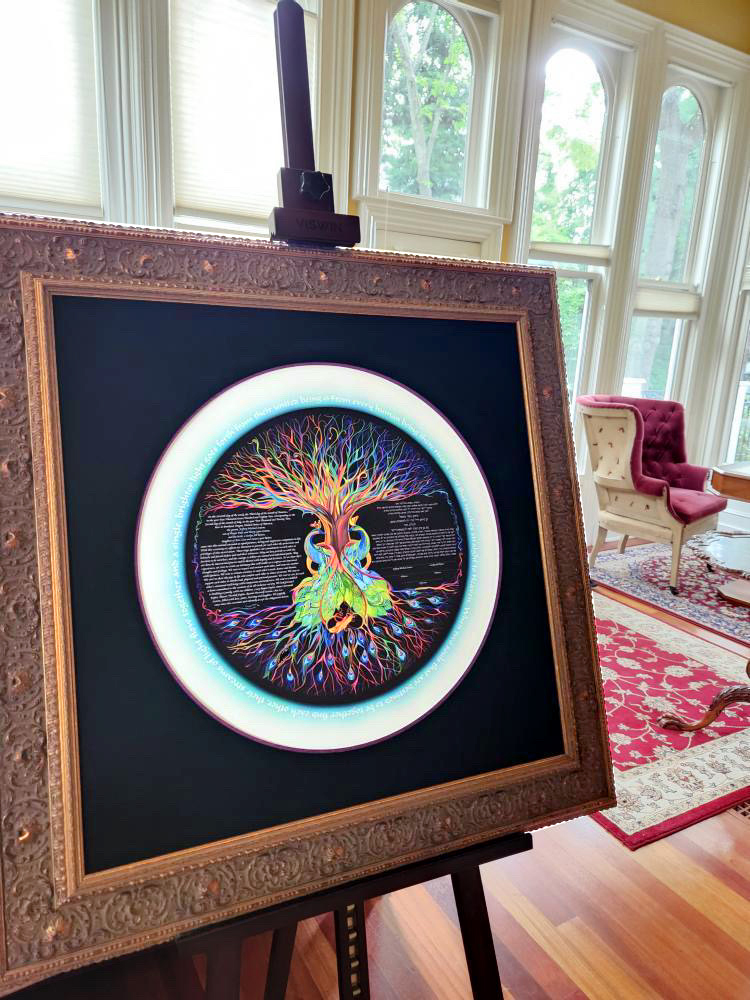
The Tree of Life An Inspiration in My Art The Eternal Tree: A Muse for the Soul
The Tree of Life is a powerful symbol found in many cultures around the world. It shows up in myths, religions, philosophies, and folklore. Pictured as a strong tree with deep roots and a full, leafy top, it takes on different meanings depending on the culture. But in general, it represents the connection between the physical world and the spiritual one, as well as ideas like rebirth and higher powers. In Judaism, the Hebrew phrase Etz Chaim means “Tree of Life” is often used to describe the Torah. The first time we hear about the Tree of Life in Jewish texts is in the Book of Genesis. In the Garden of Eden, God plants two special trees: the Tree of Life and the Tree of Knowledge of Good and Evil (the one Adam and Eve weren’t supposed to eat from).
Big Thank You to all the couples who shared stunning photos from their best day ever—celebrating their love, ketubah signings, and unforgettable moments throughout this blog.
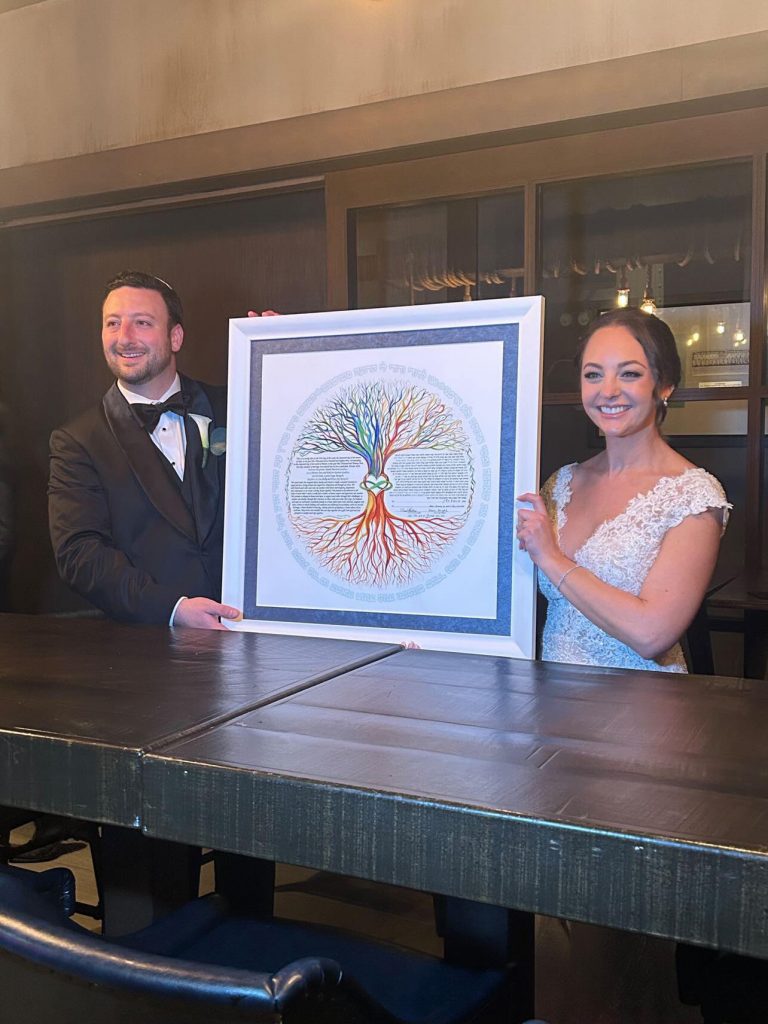



The Connection Between Heaven and Earth
Across cultures, the Tree of Life is seen as a bridge between the physical world and the divine. In the Kabbalah (Jewish mysticism), Tree of Life is kind of like a spiritual map, showing the divine energy flows through the universe and through us.
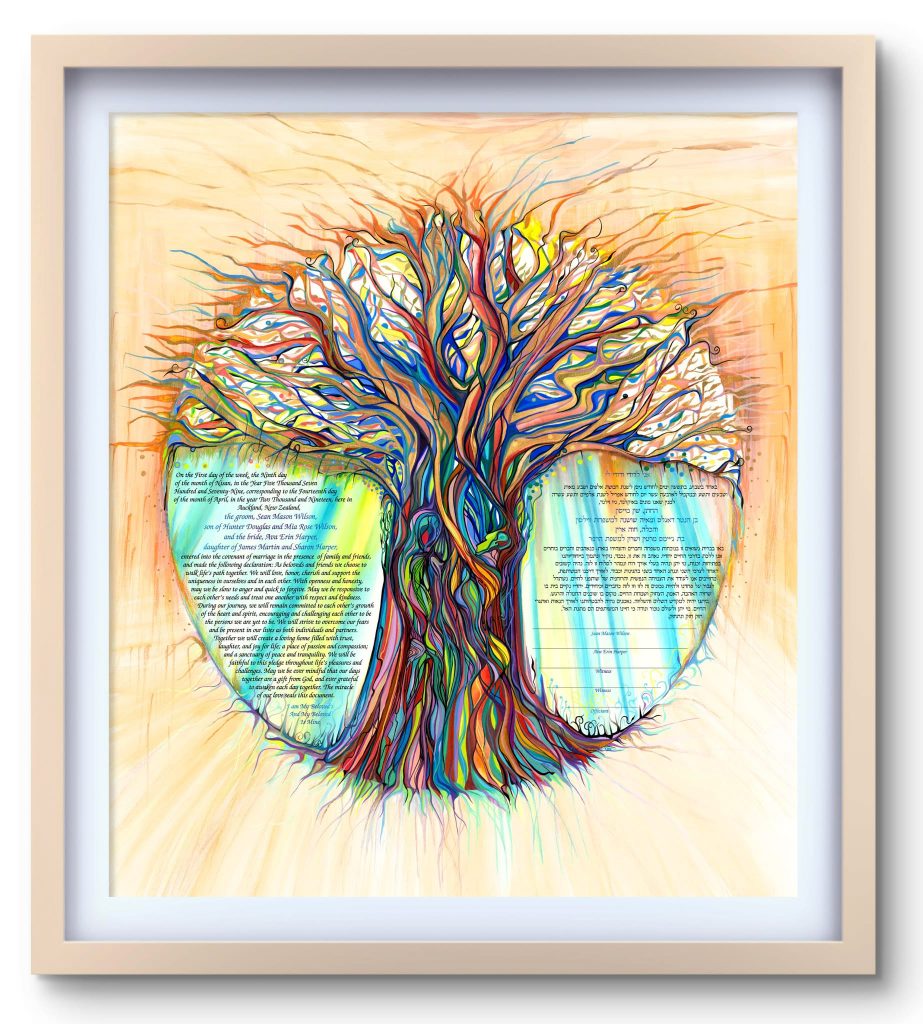
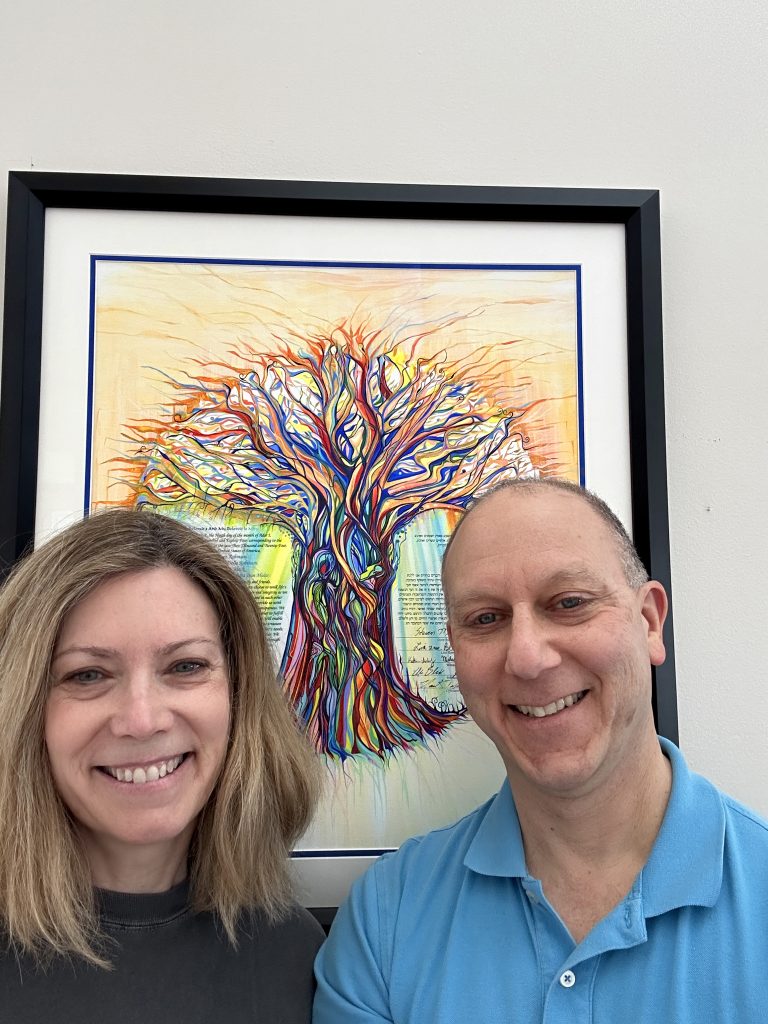
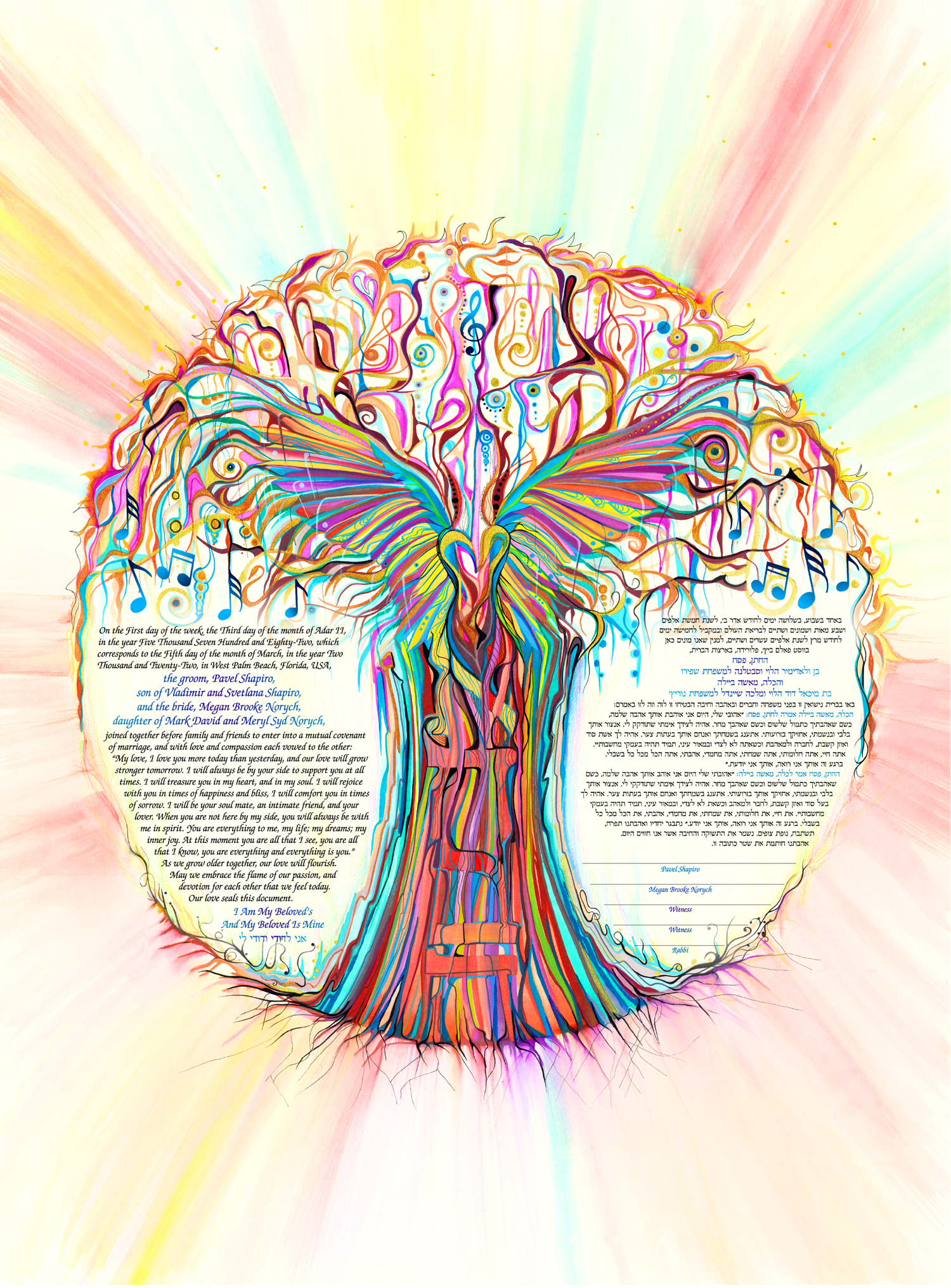
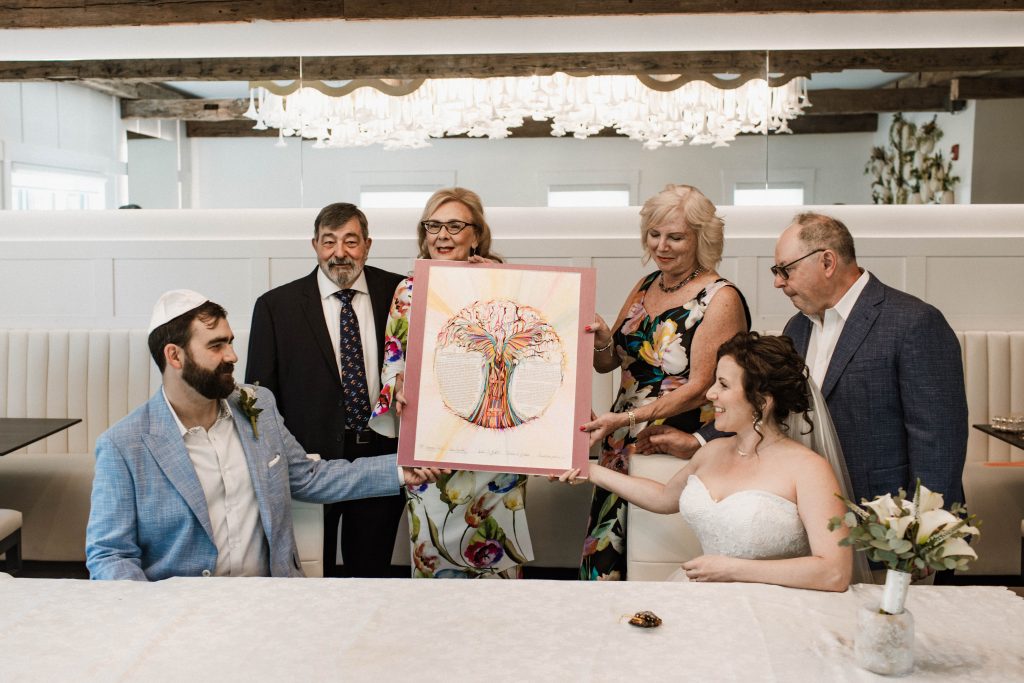
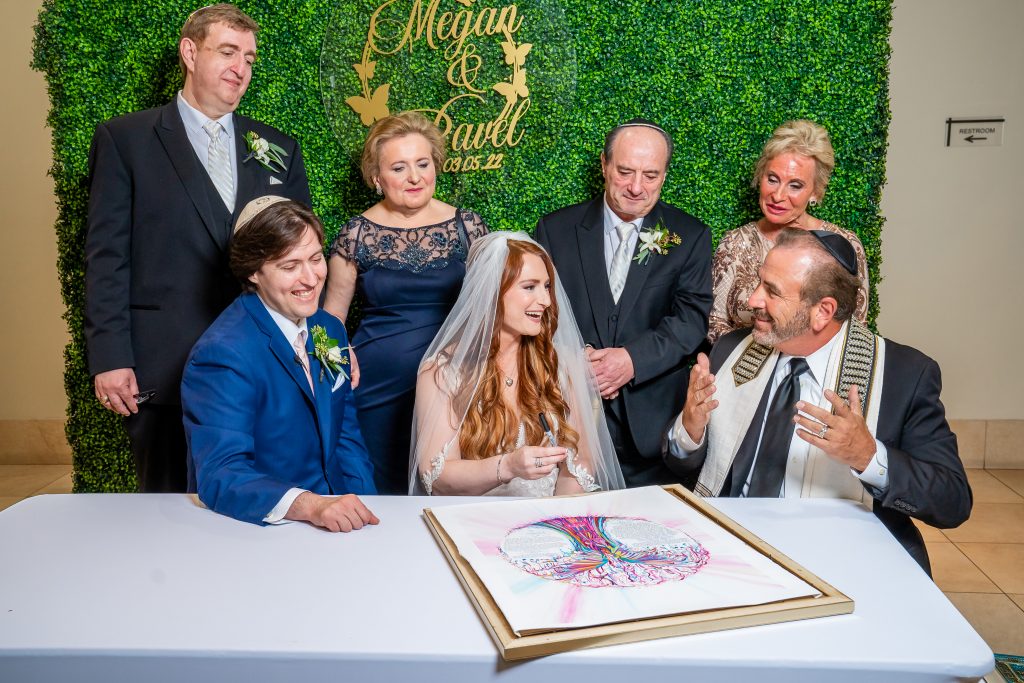
A symbol of Growth and Grounding
The tree roots, trunk, and branches each tell a story, the roots are a strong foundations, the trunk for personal strength and growth, and branches for how everything and everyone is connected. It’s like a living metaphor for spiritual development.
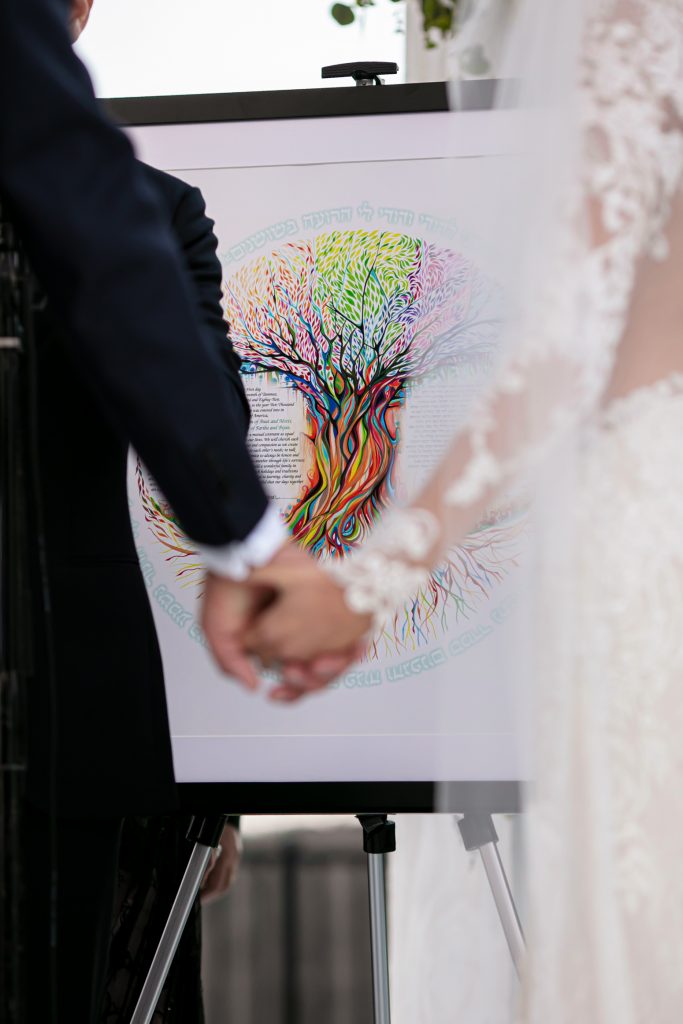
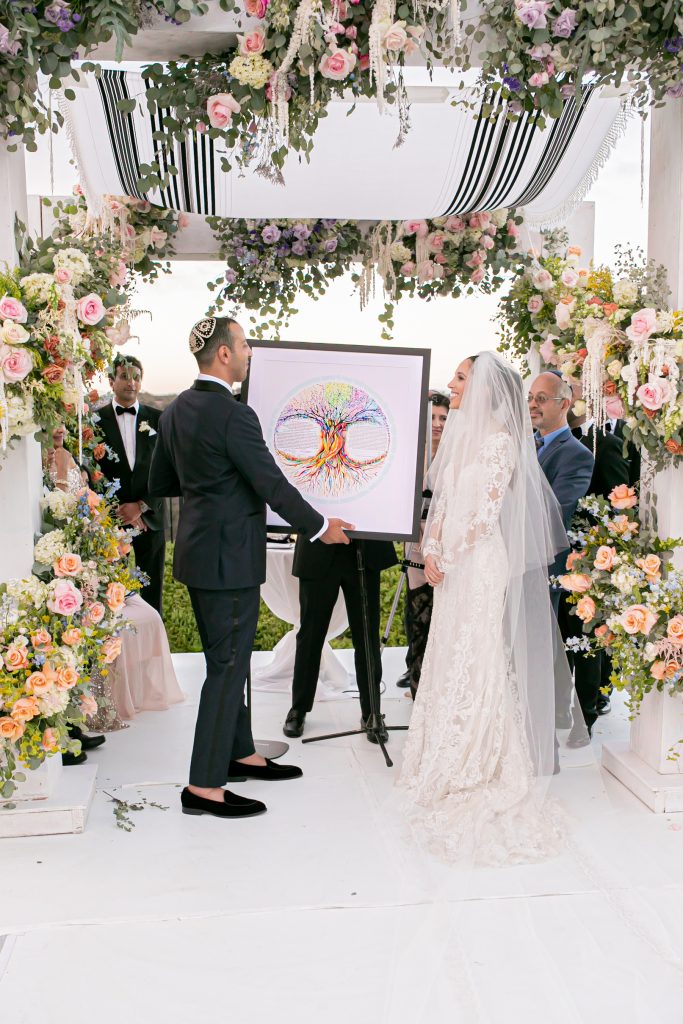
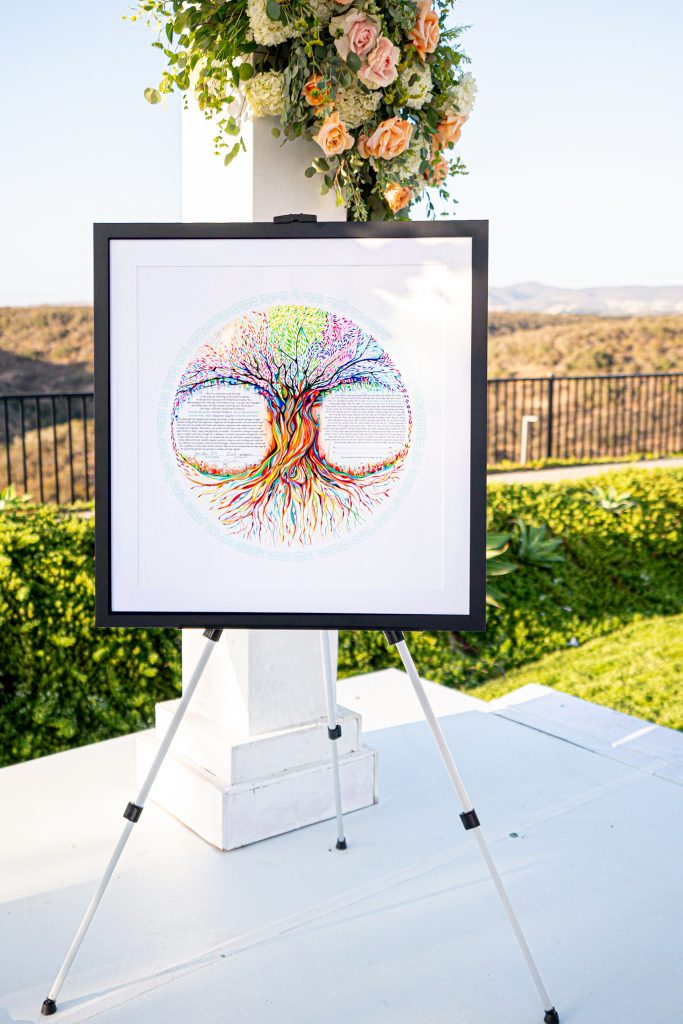

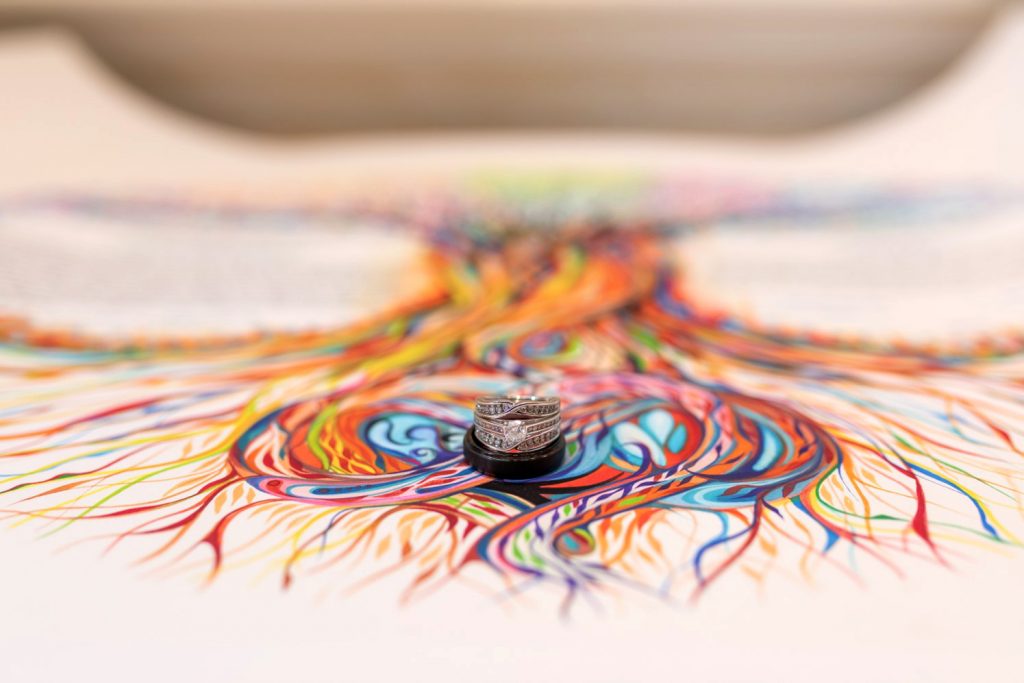
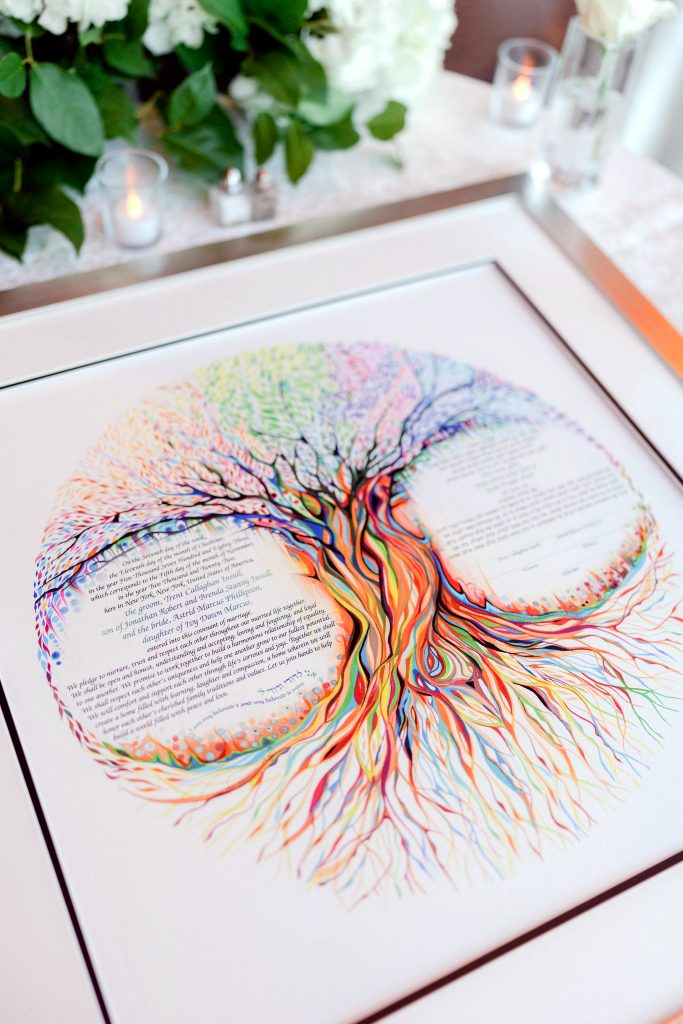
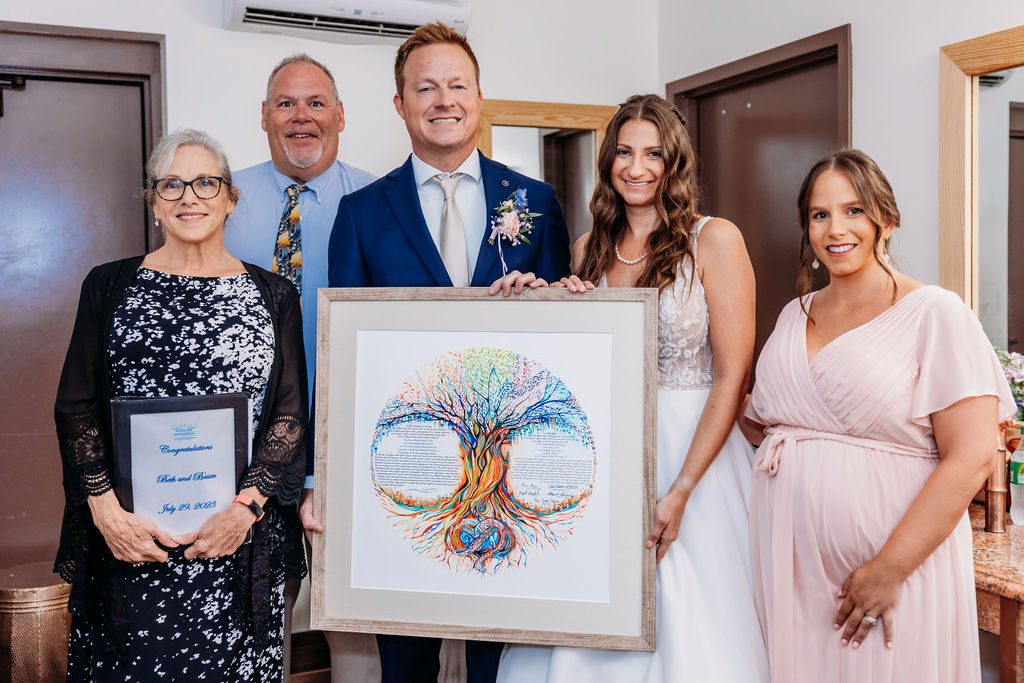
Hope and Future Generations
The branching shape makes it a symbol of family (Family Tree), lineage, and continuity. It’s often tied to ideas of fertility, legacy, and the cycle of life.


Wisdom and the Torah
The Torah is called a tree of life because it offers guidance, wisdom, and spiritual sustenance. Holding onto it is like holding onto something eternal. “Etz HaChaim Lamachzikim Ba”


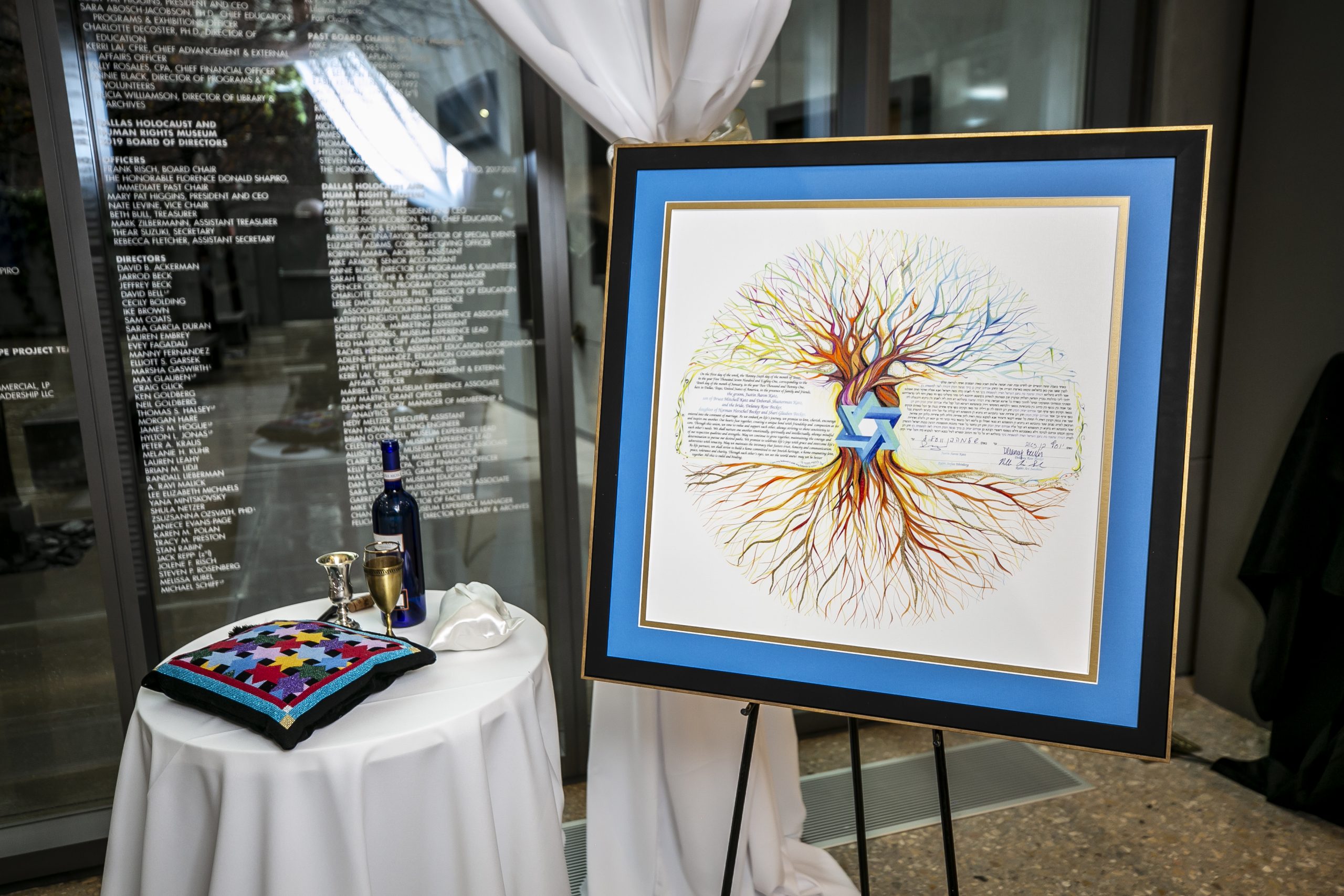
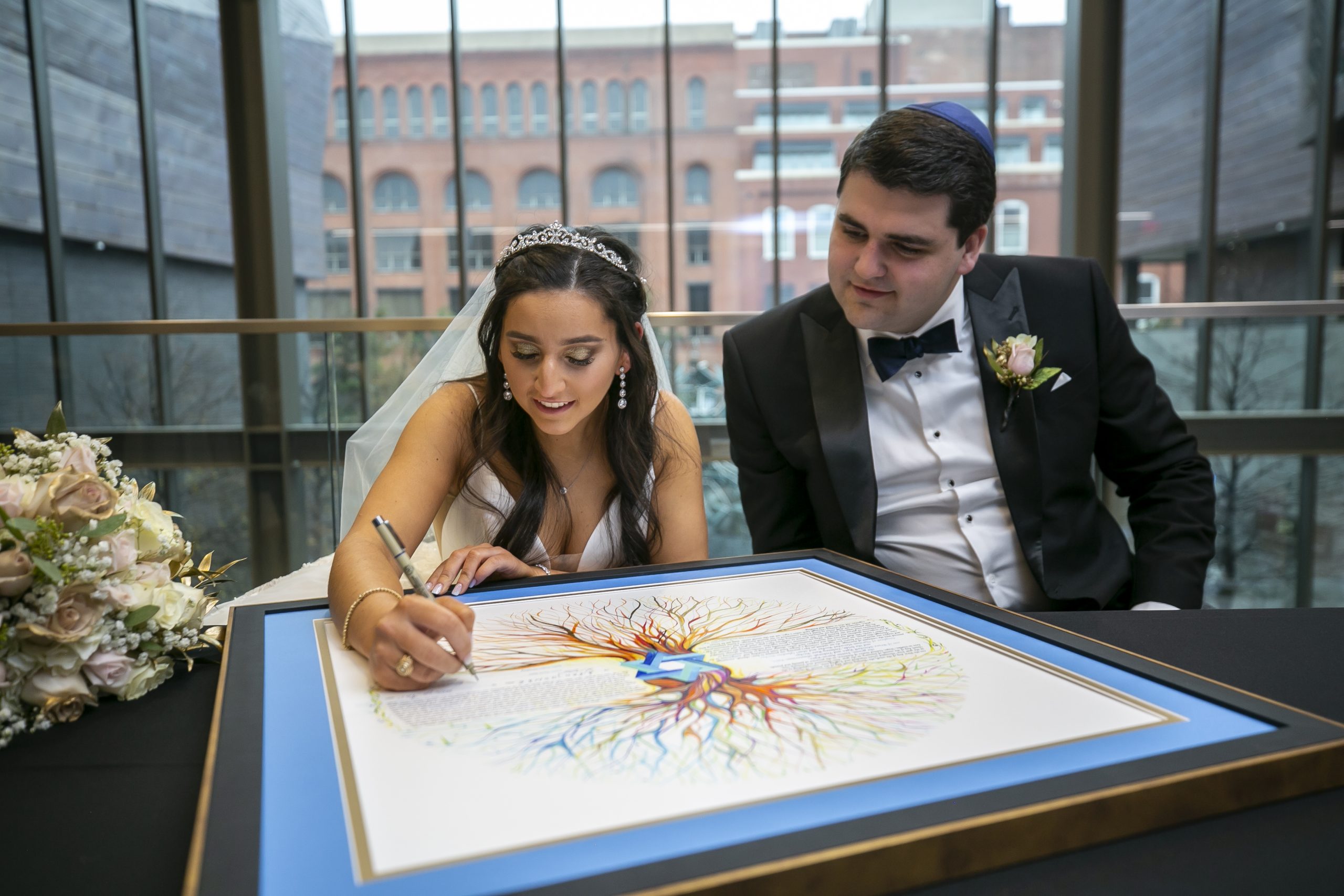
Kabbalah Tree of Life (Jewish Mysticism)
In Jewish mystical tradition (Kabbalah), the Tree of Life is like a spiritual map. It shows how divine energy flows through the universe—and through us.
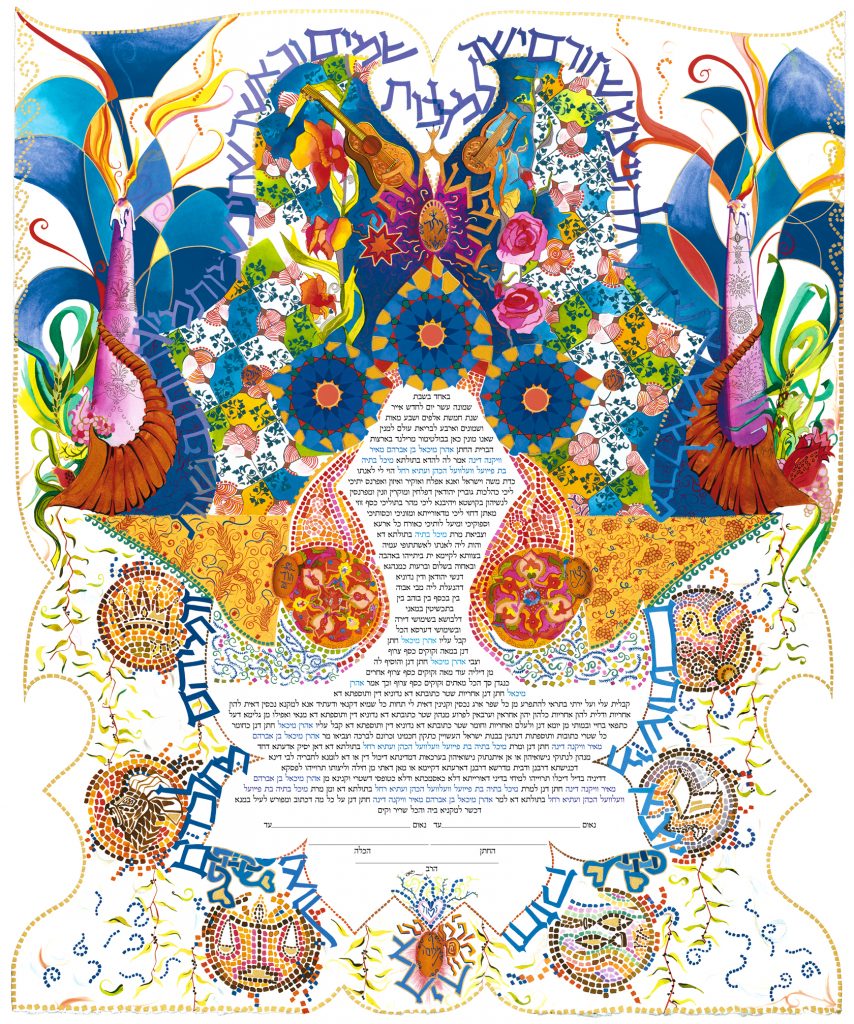
The tree has ten circles (the Sefirot) and 22 paths connecting them. Each circle stands for a different part of God’s nature—things like wisdom, strength, kindness, and balance. The whole tree is a guide for people who want to understand God, the universe, and their own soul more deeply. It’s used as a tool for spiritual learning, growth, and self-discovery.
The Chakra Tree of Life combines two ideas: the chakra system (from Eastern traditions) and the Tree of Life symbol. Together, they create a powerful symbol for personal healing and growth.
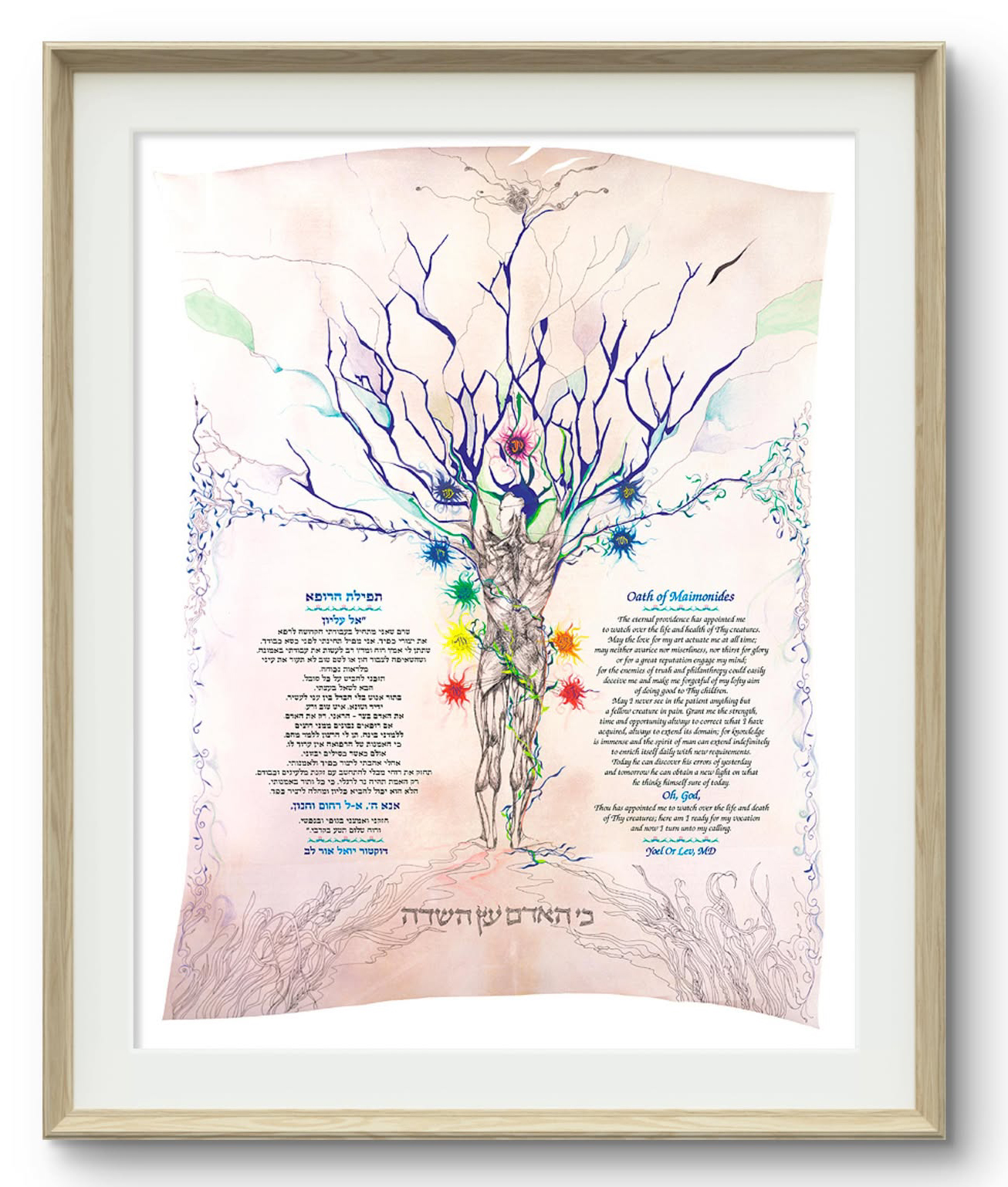
The seven chakras are the energy centers in the body that go from the base of your spine to the top of your head
The roots go deep, connecting to your subconscious and grounding you. The branches reach up, symbolizing higher awareness and spiritual connection.
Each chakra is linked to a different part of life, like creativity, confidence, love, communication, and intuition. When these chakras are in balance, it can help you feel better physically, emotionally, and spiritually. Think of it like tuning an instrument—you feel more in tune with yourself and the world.
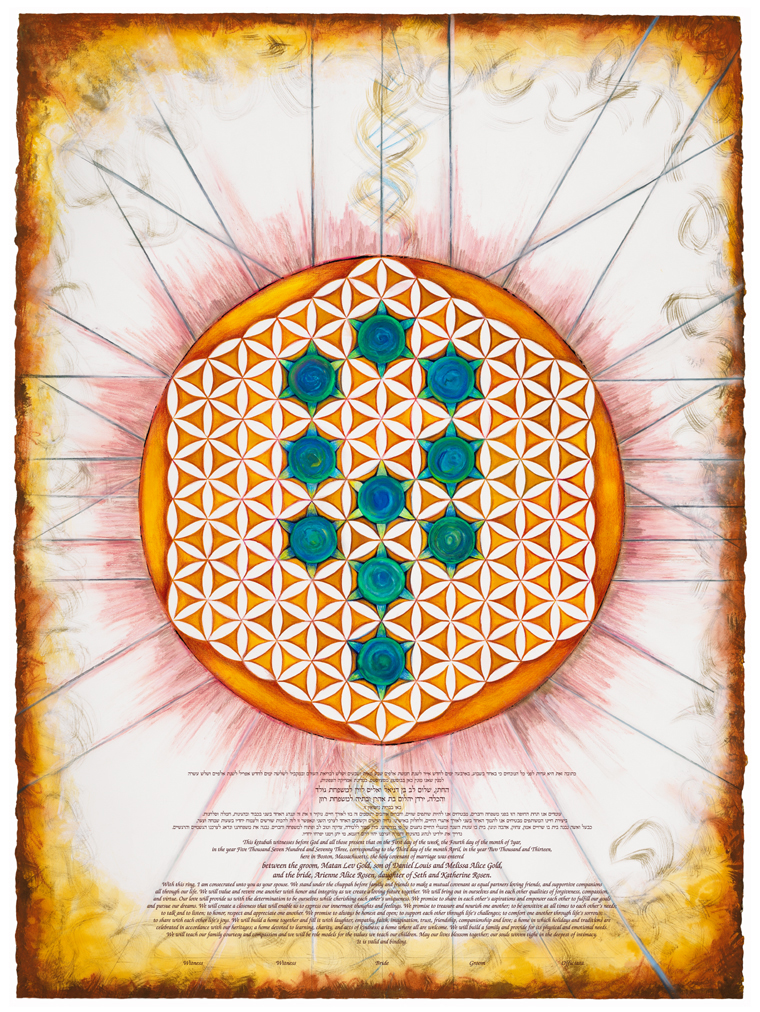
The Tree of Life is a universal symbol, whether you’re looking at it through a religious lens, a mystical one, or even as a symbol for personal or communal transformation.
The Rainbow Tree Artwork draws its inspiration from the vibrant Rainbow Eucalyptus. As the tree naturally sheds patches of its outer bark at different times throughout the year, it reveals a stunning array of colors—starting with bright green and gradually deepening into shades of blue, purple, orange, and rich maroon.
